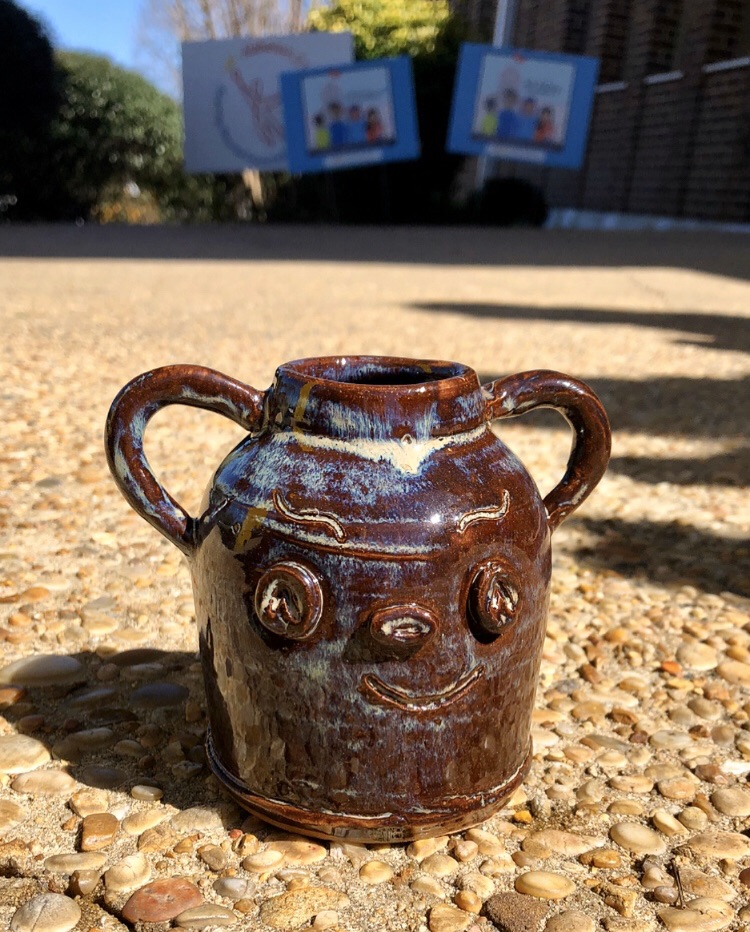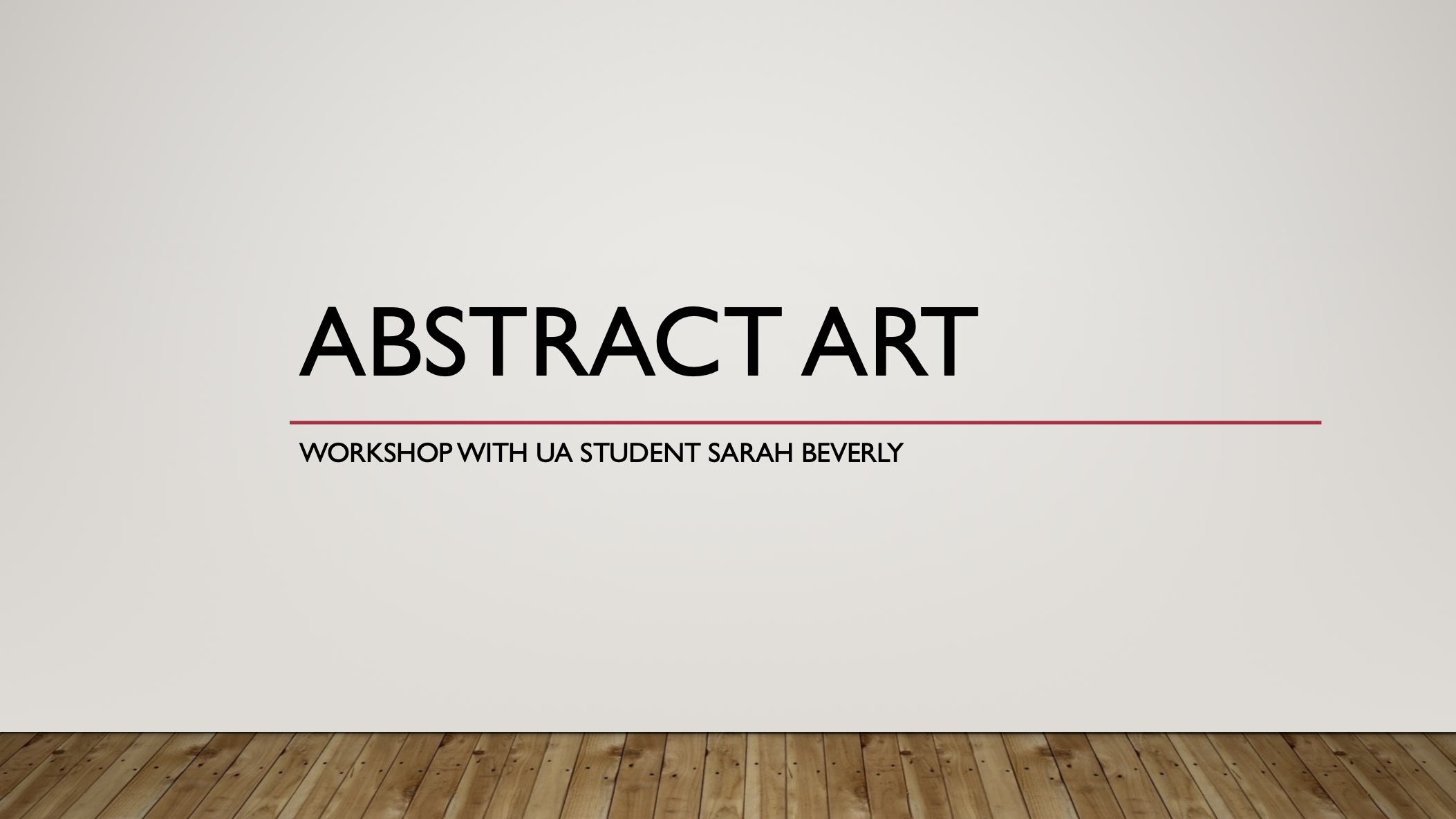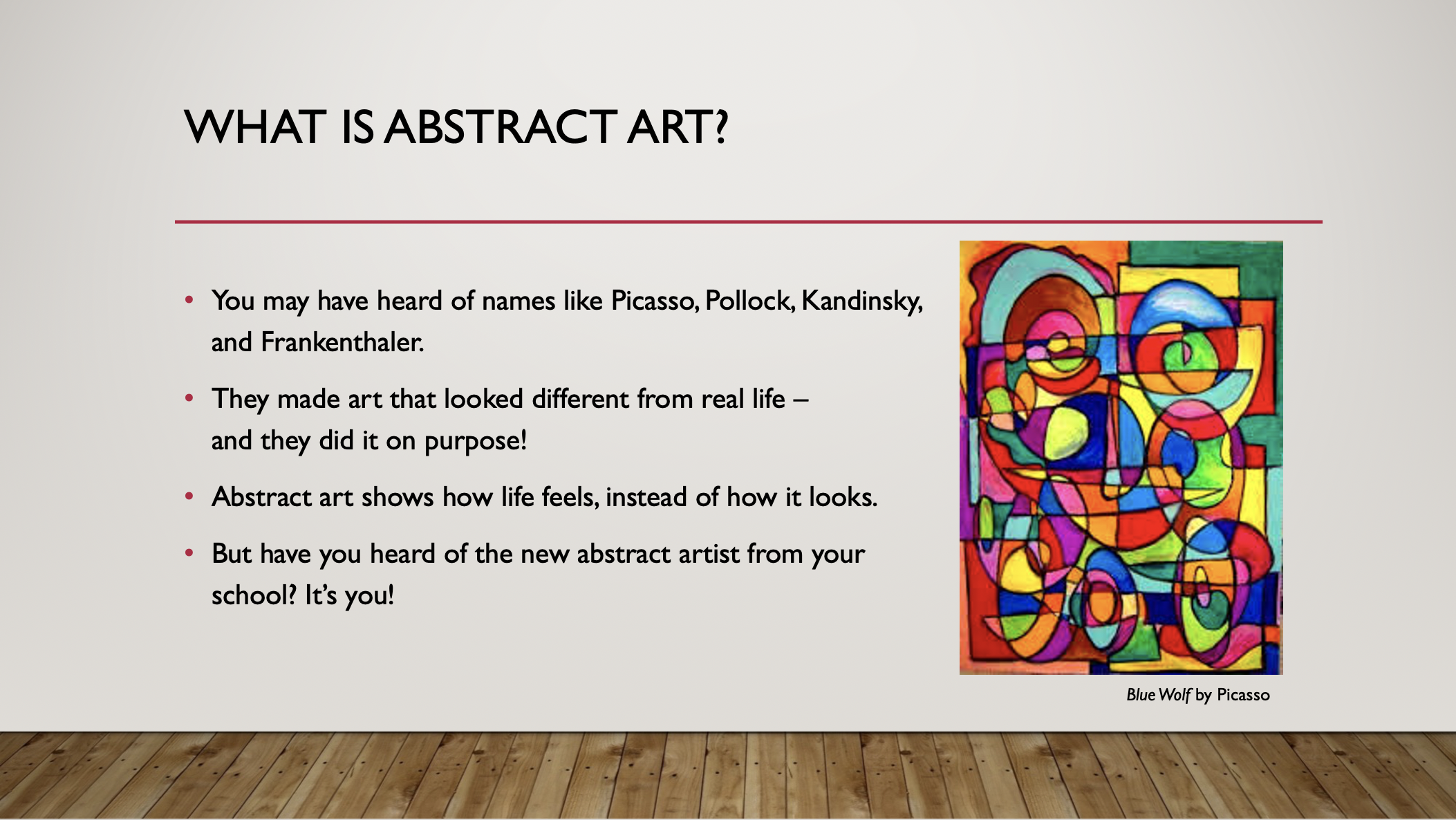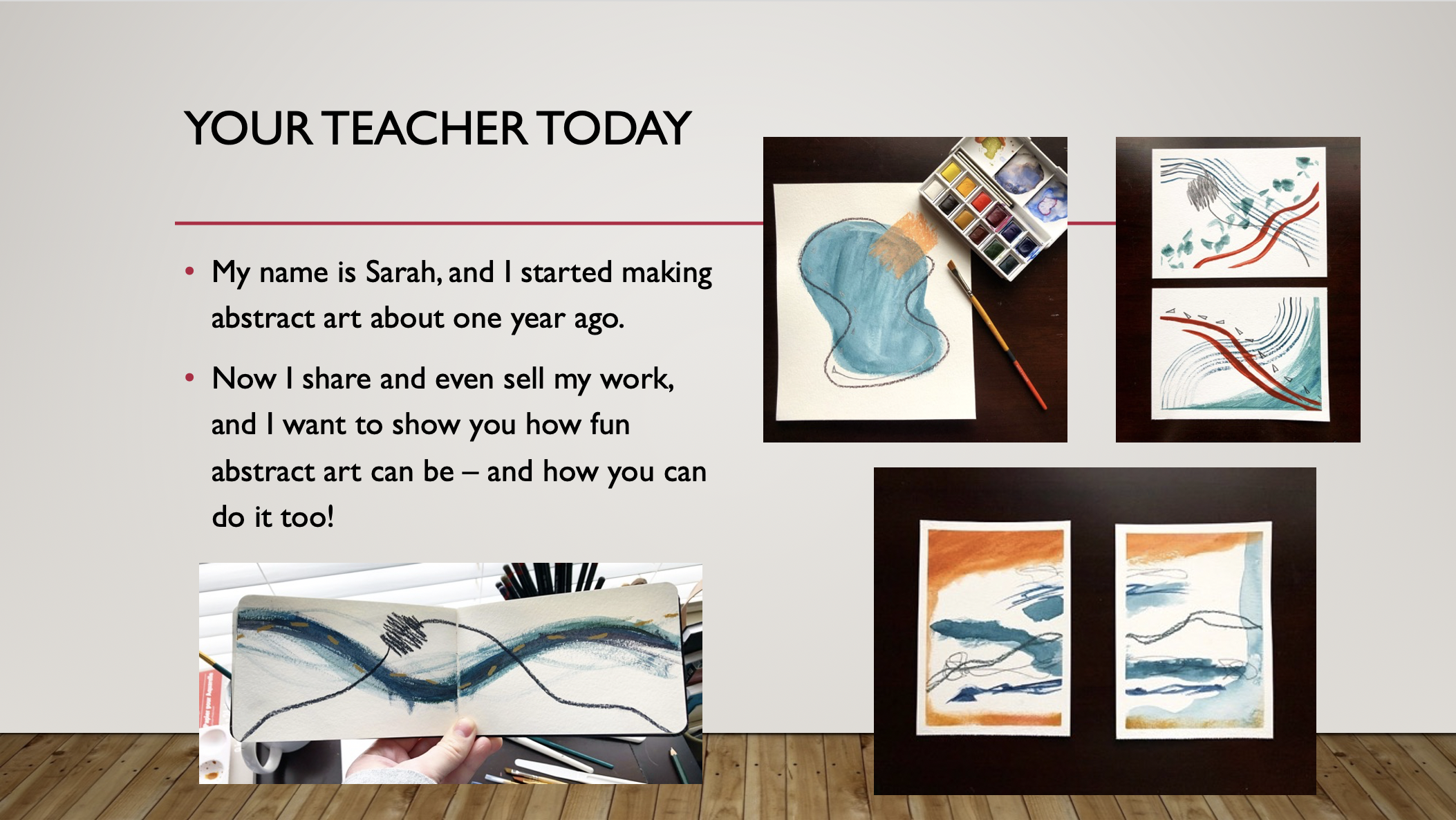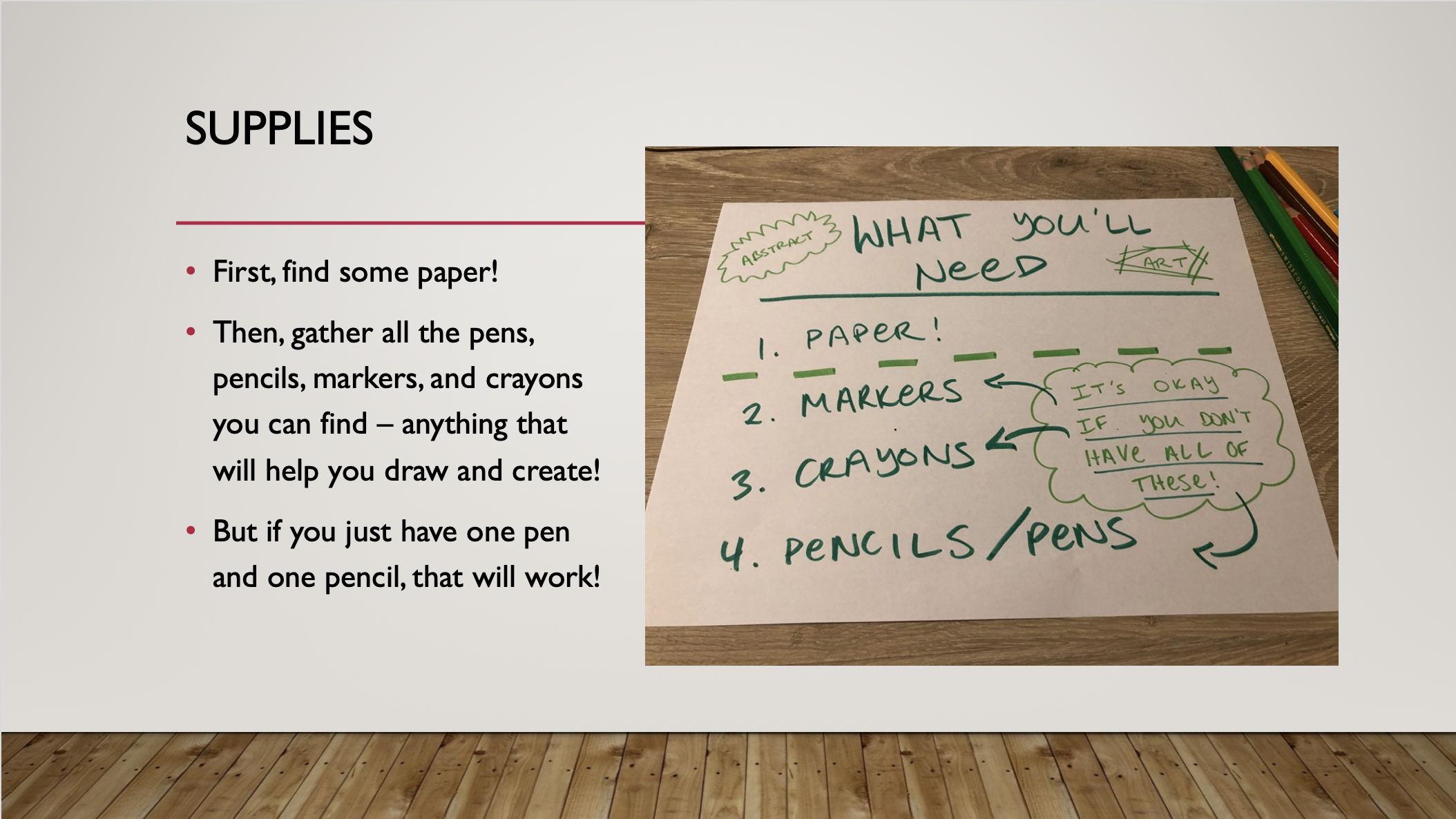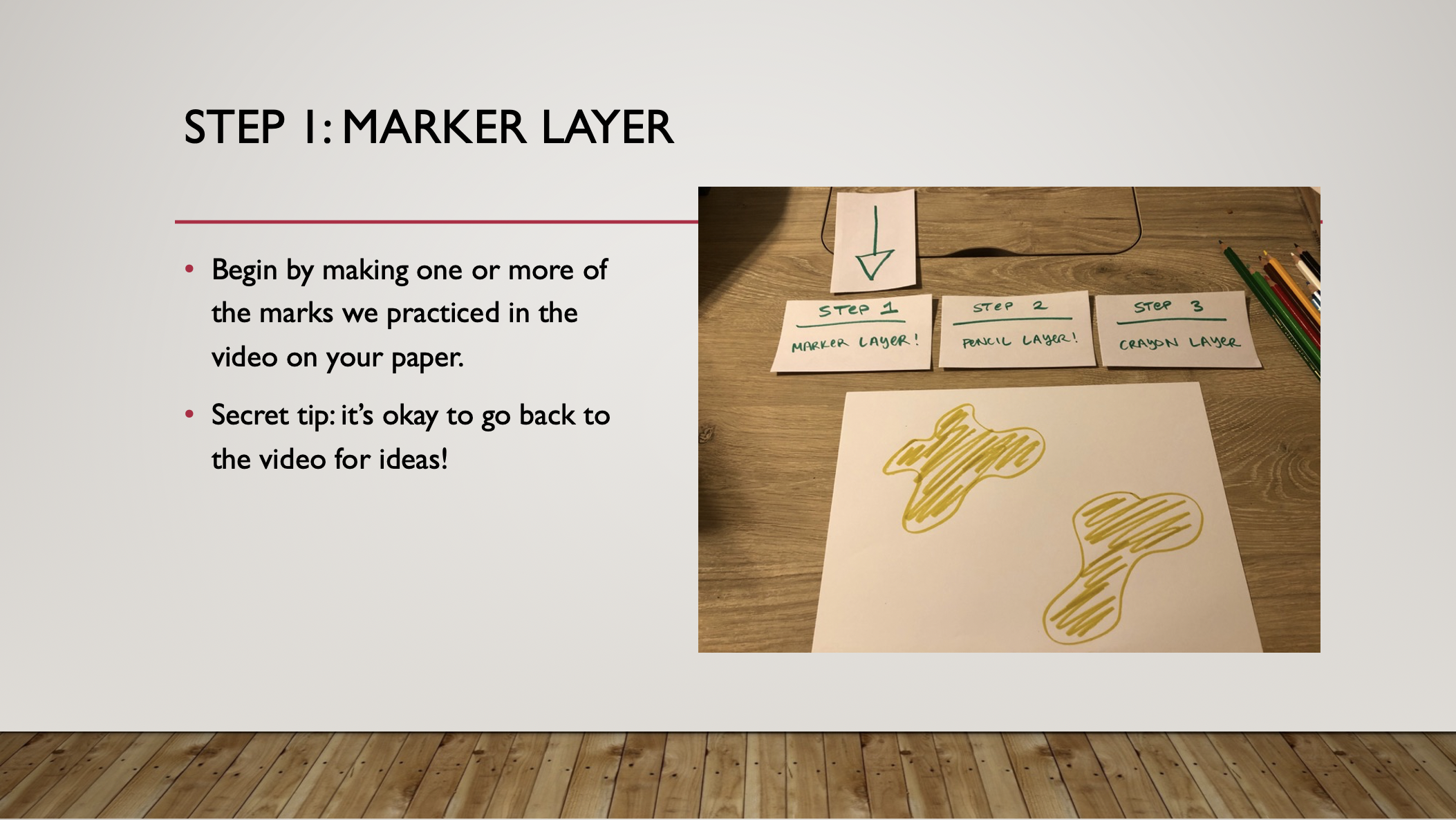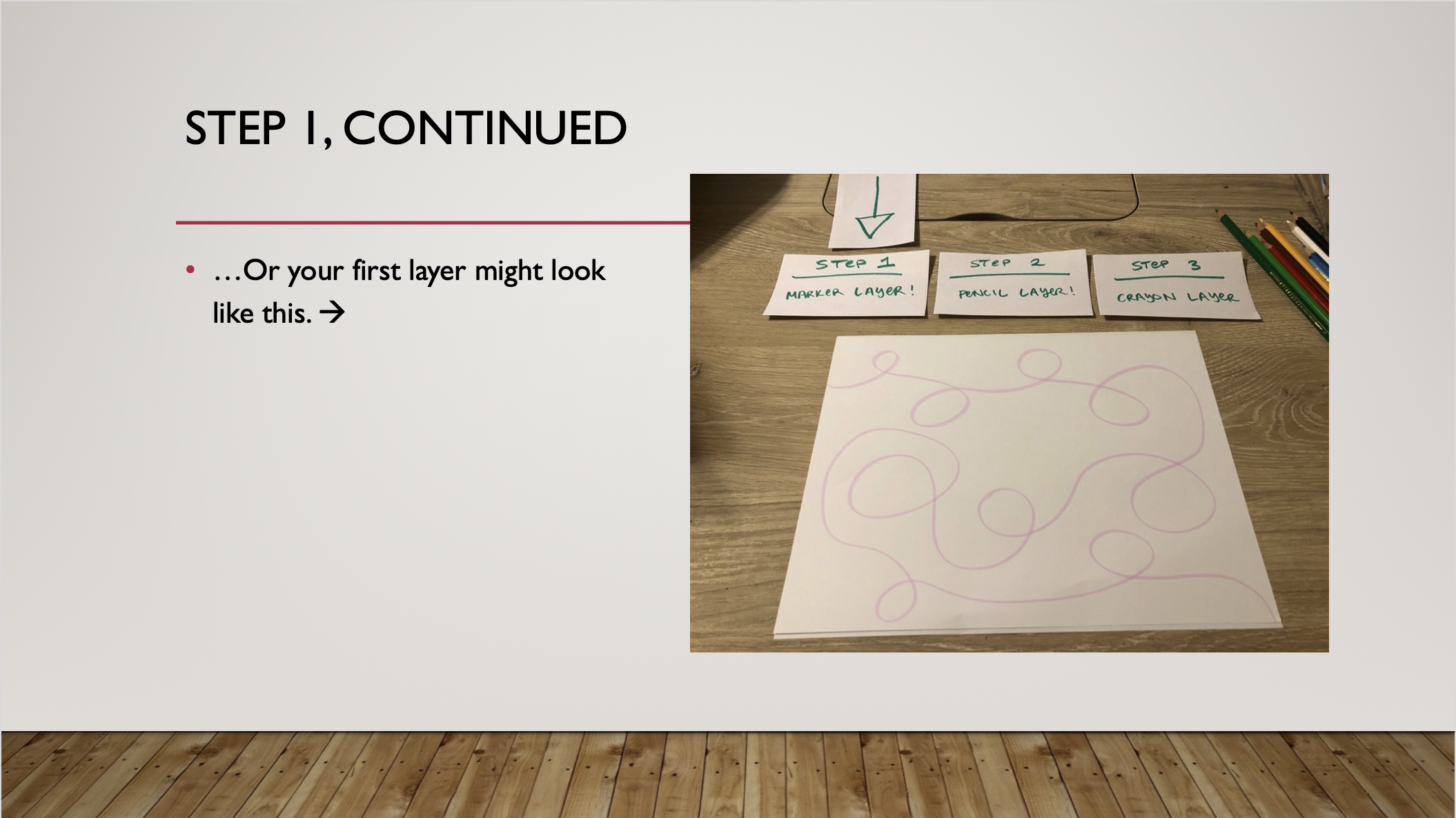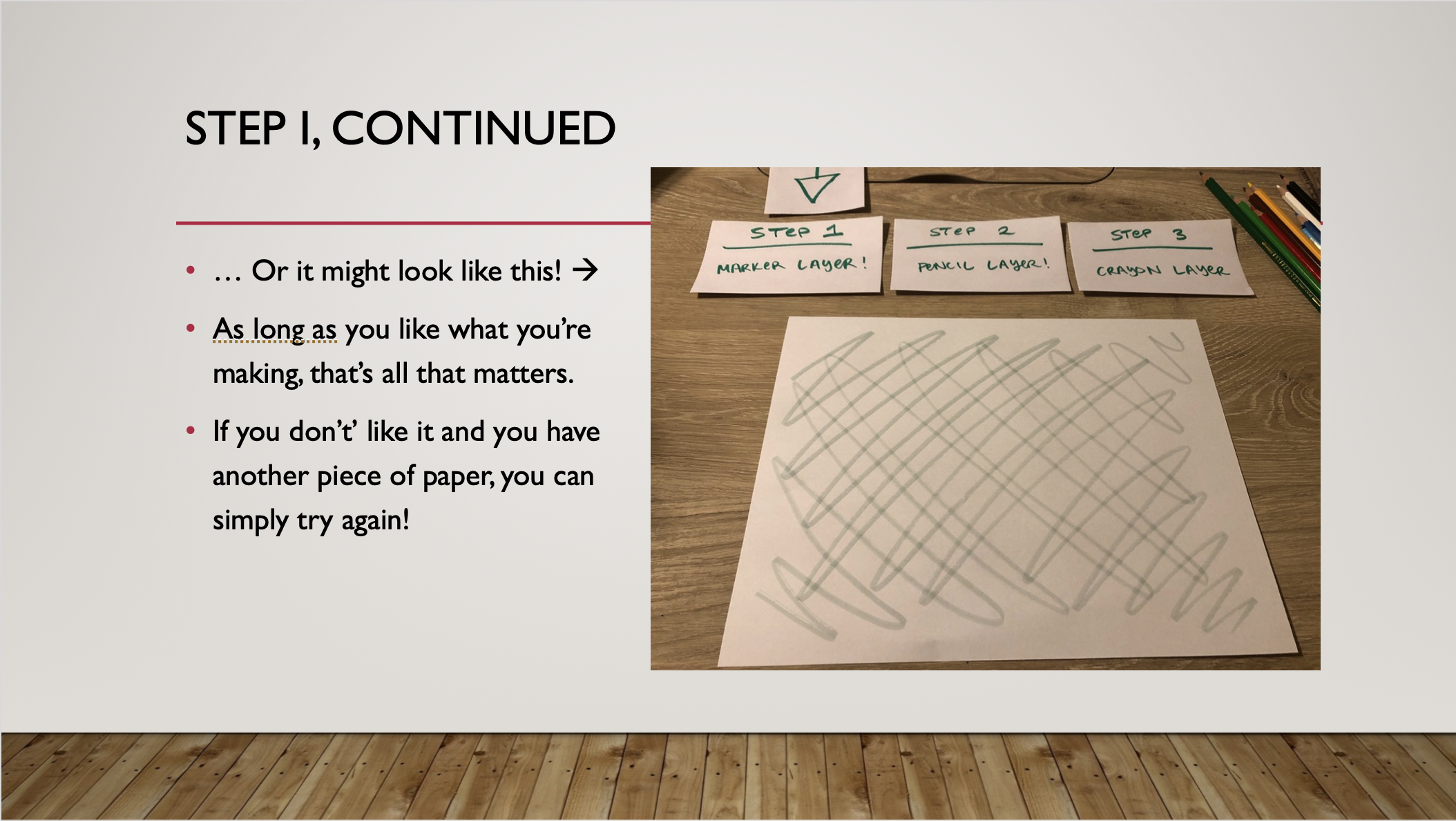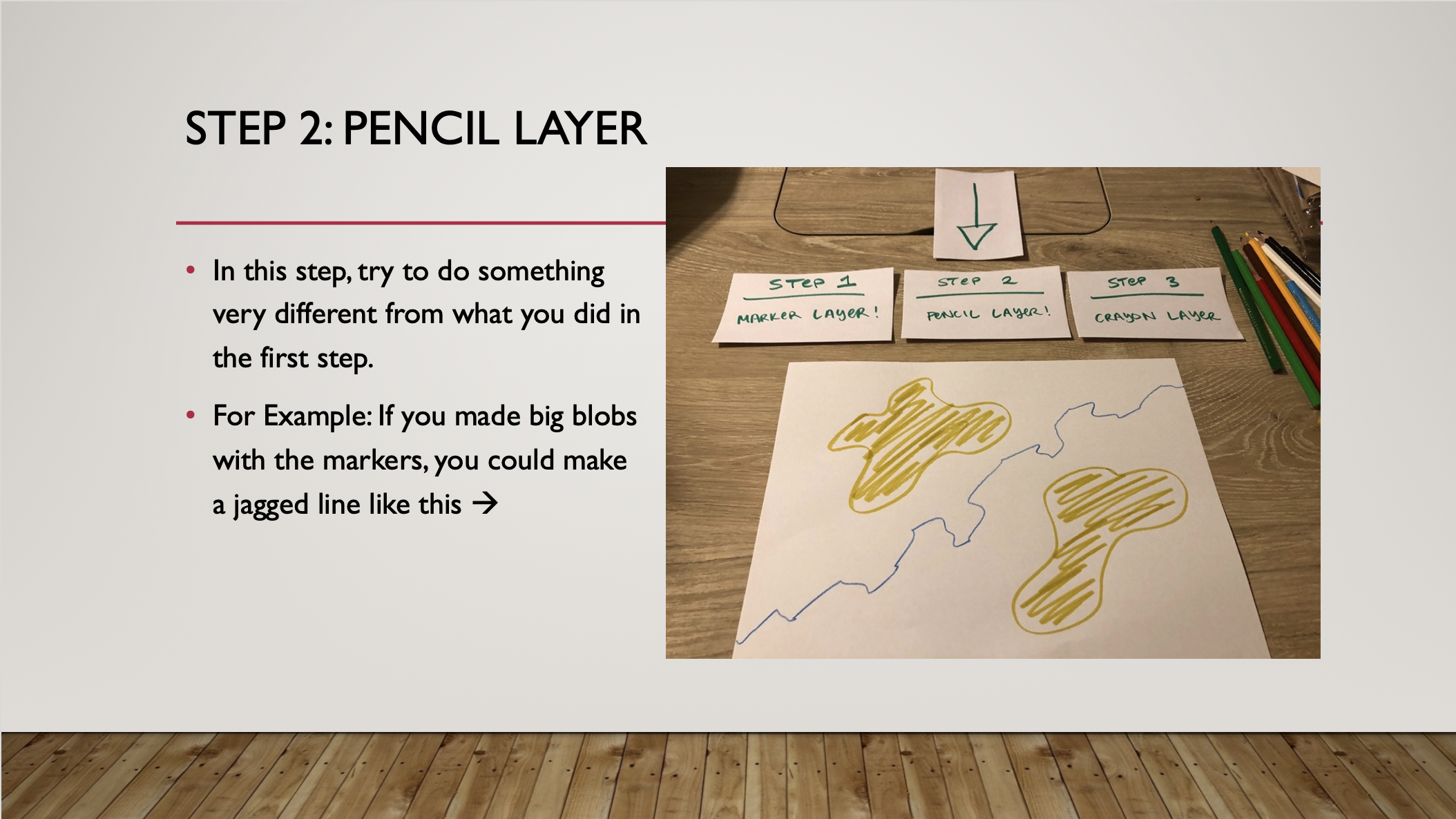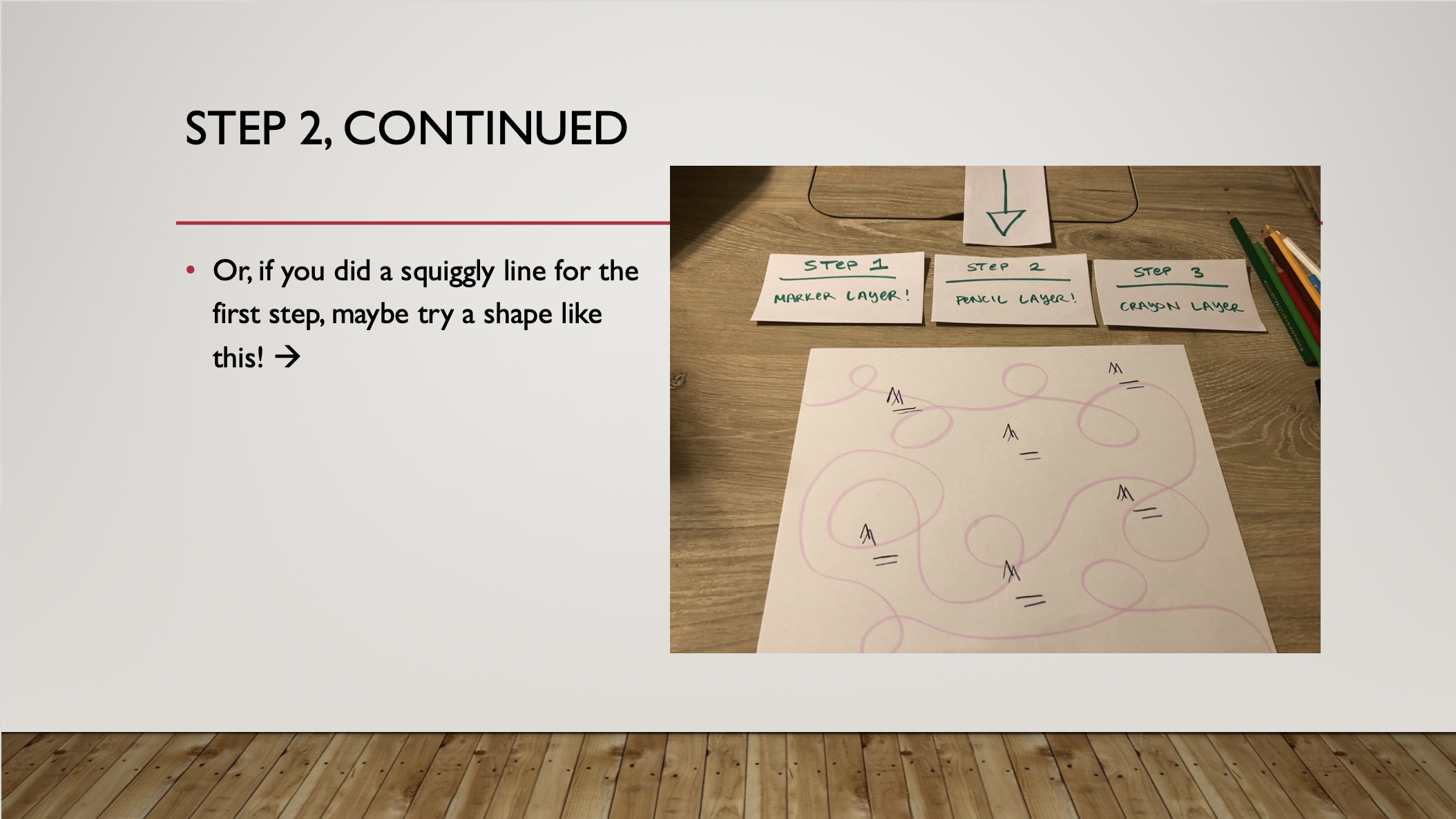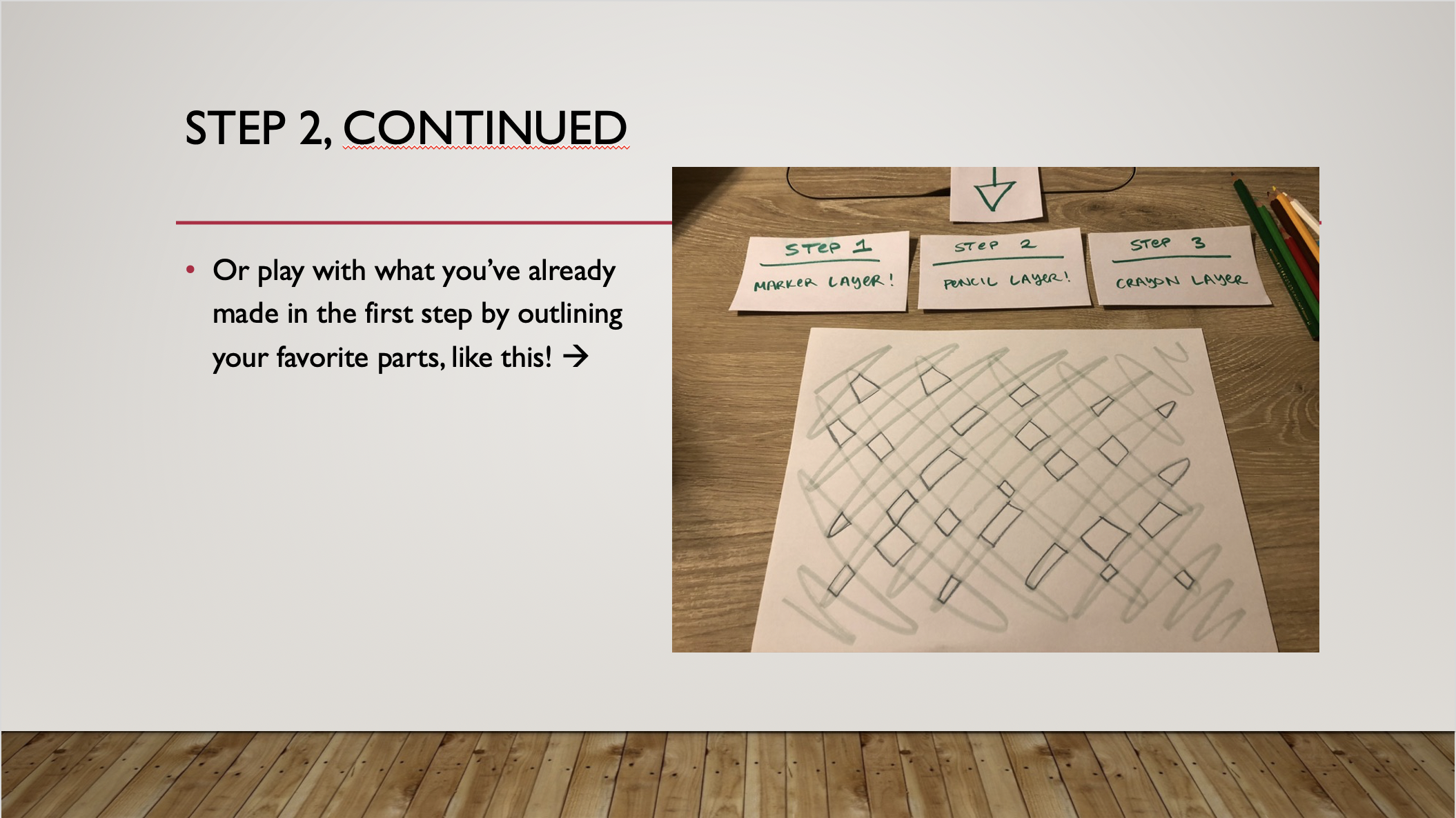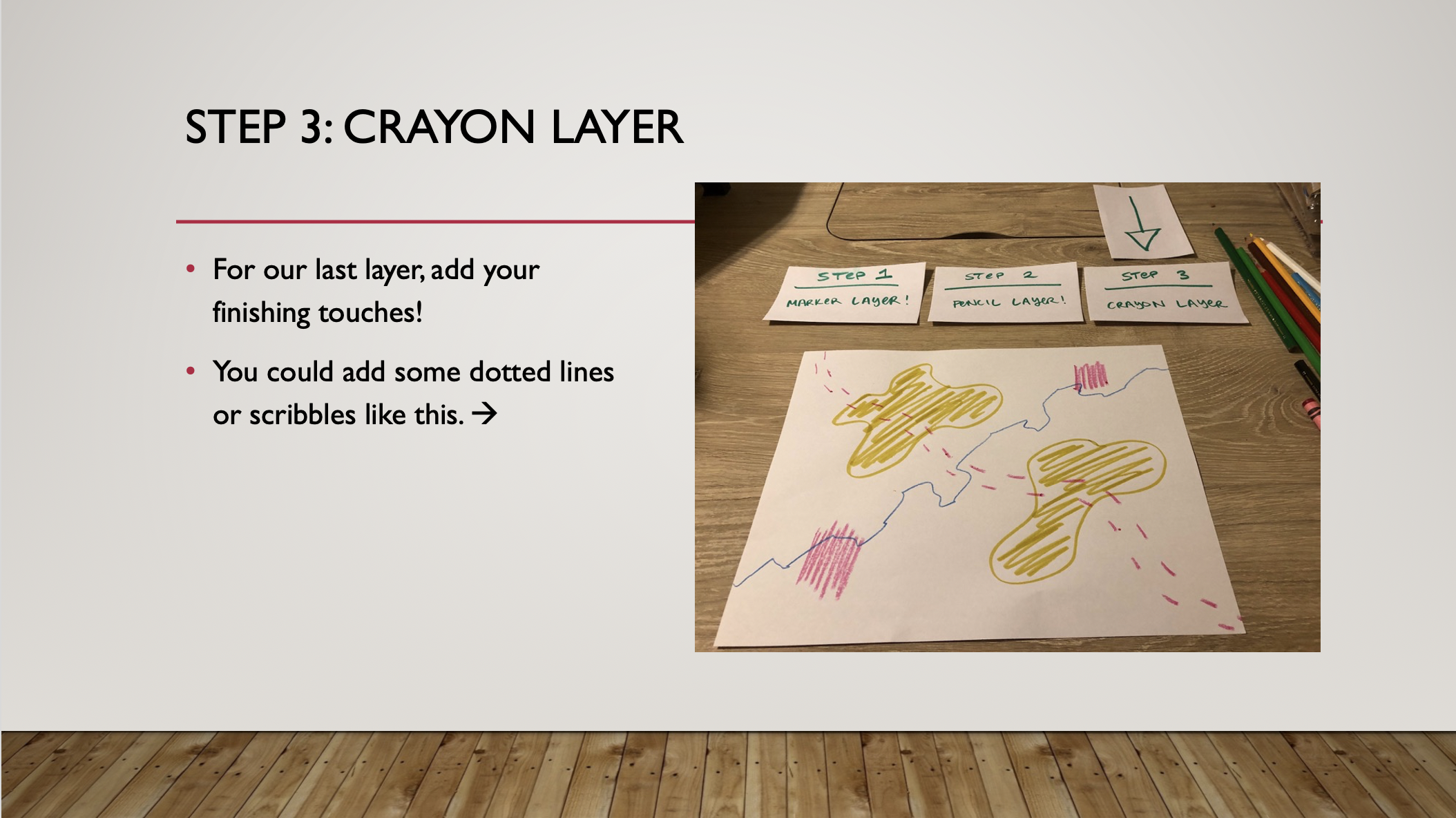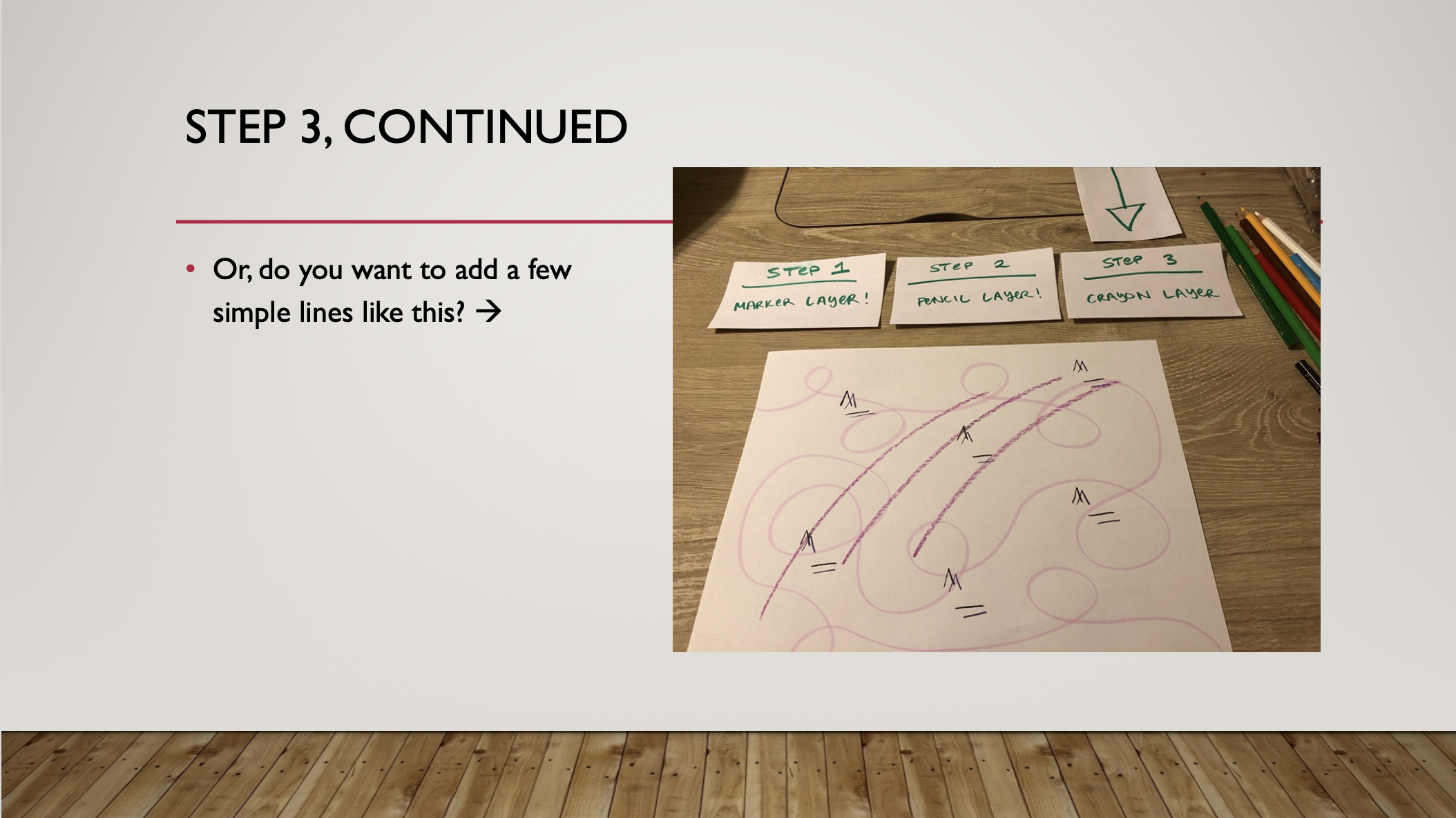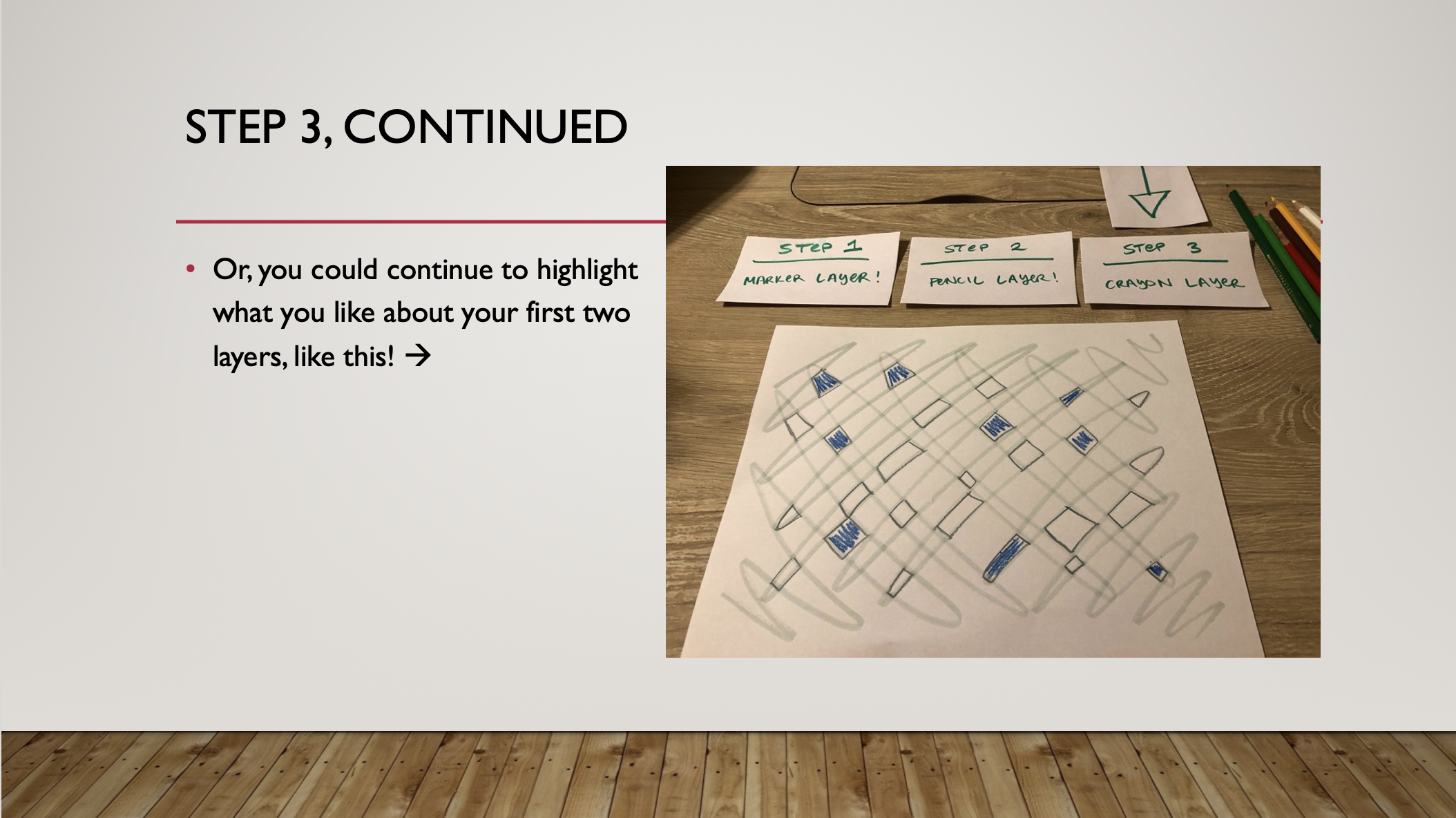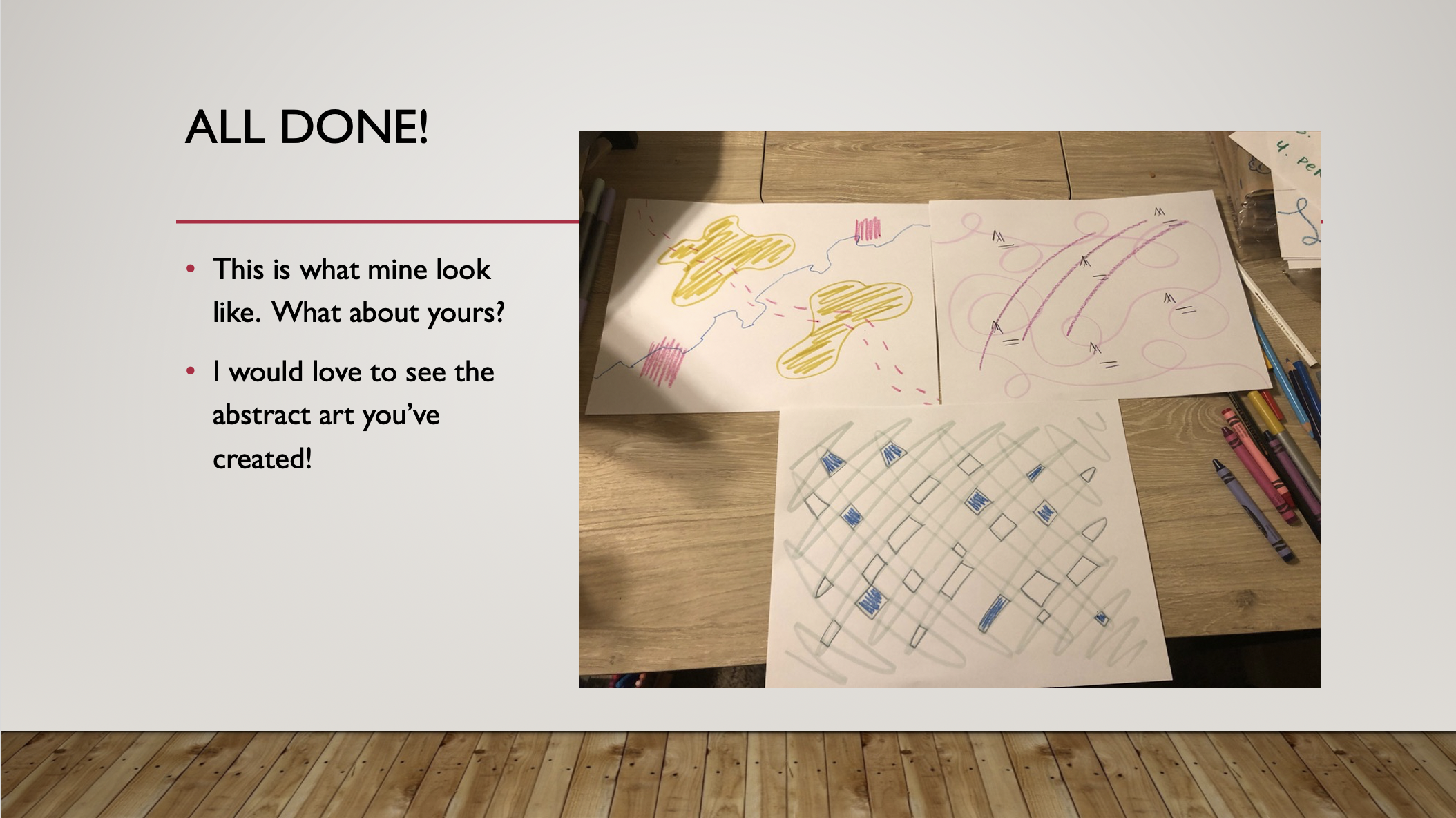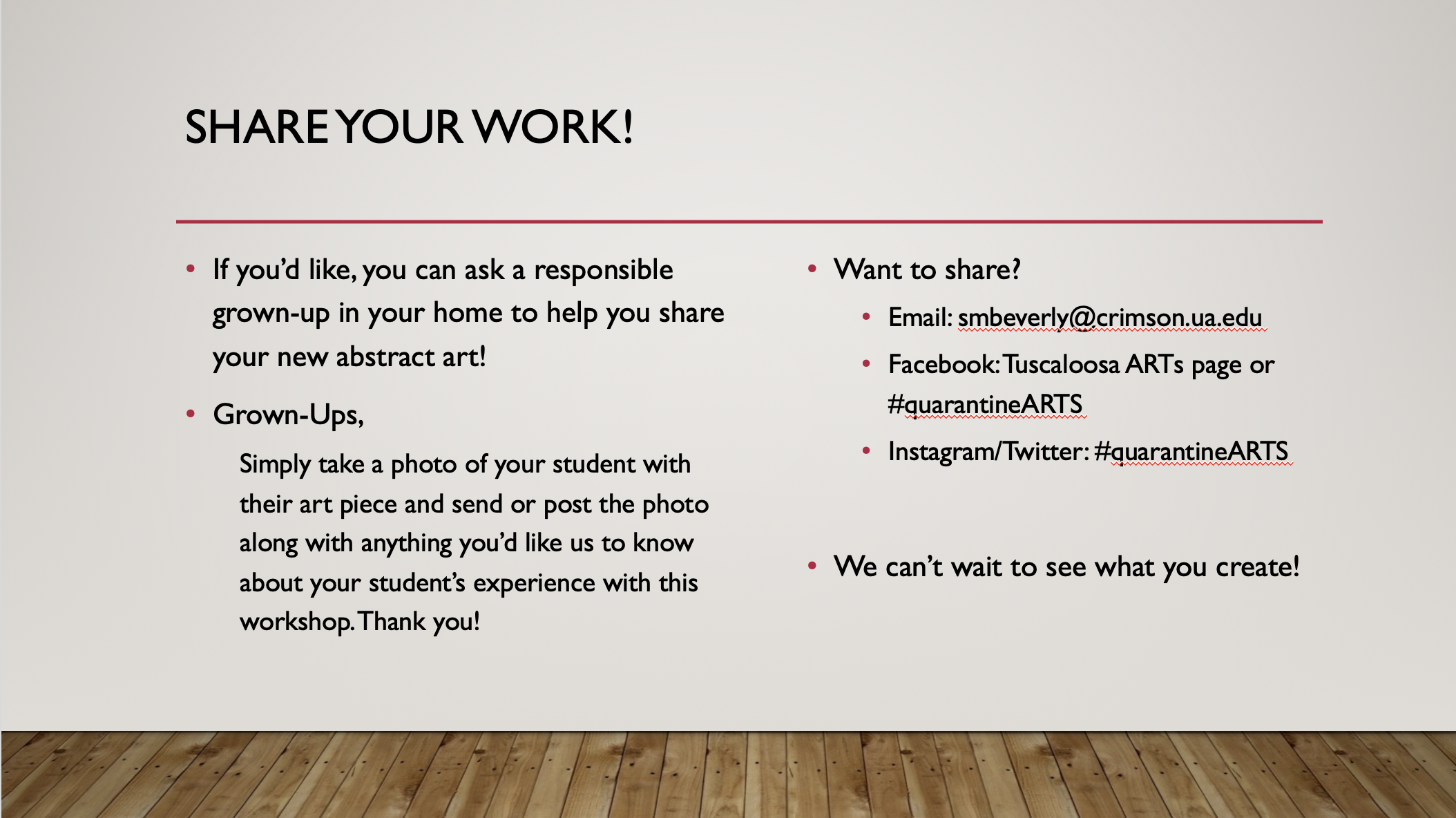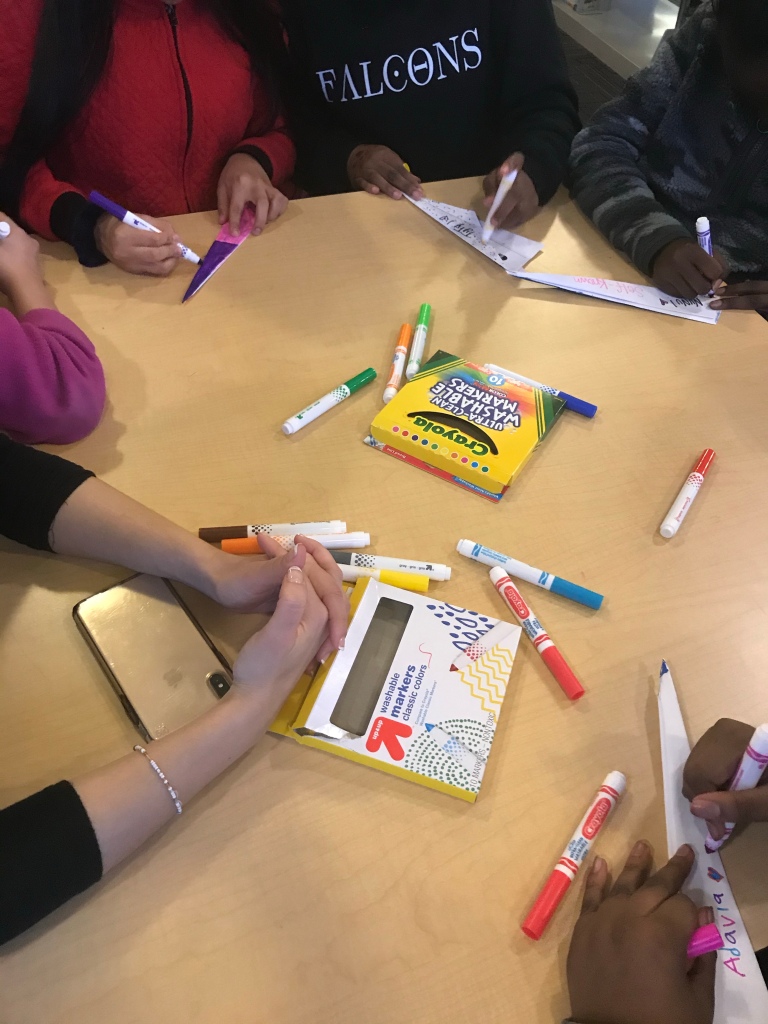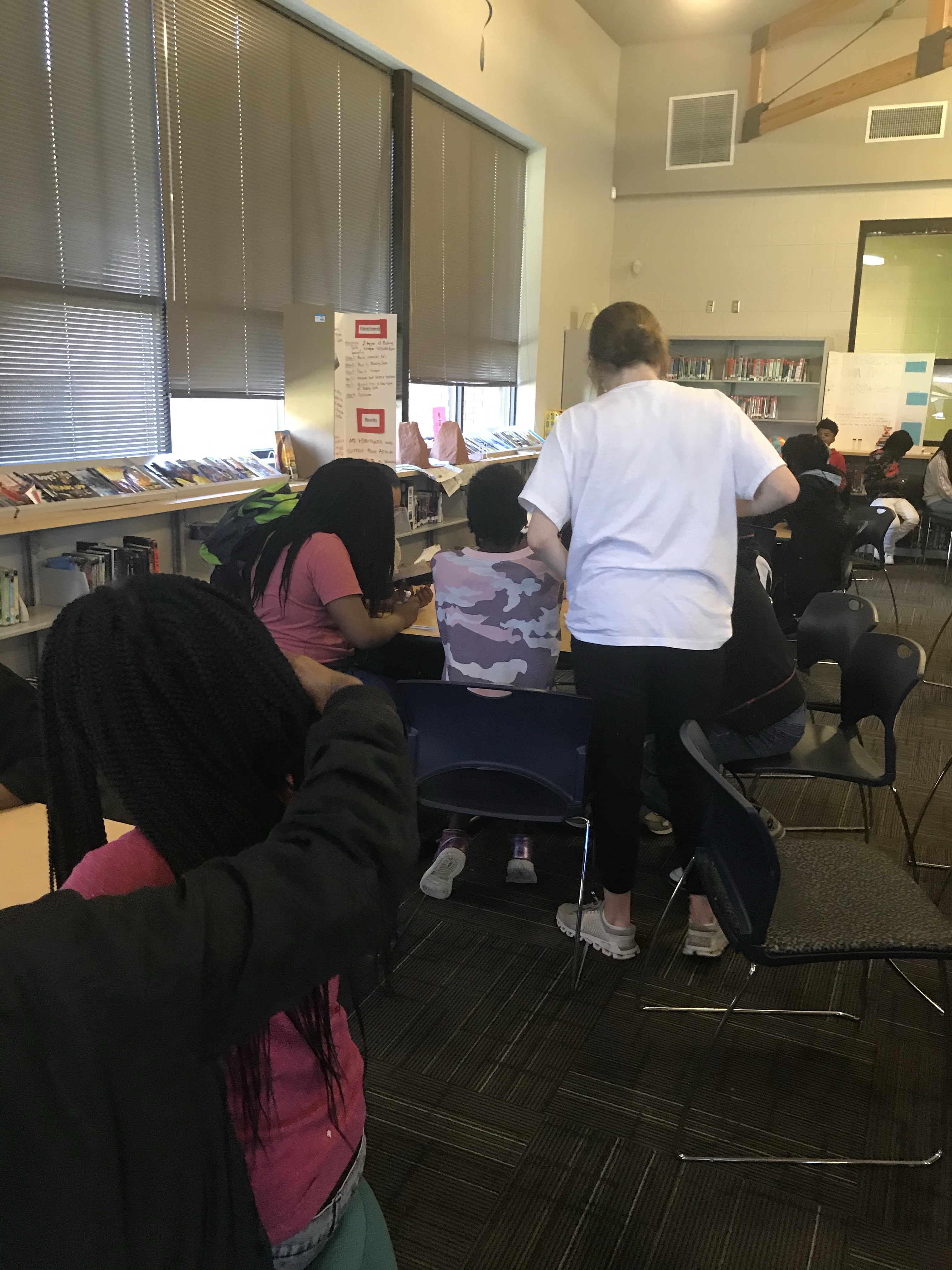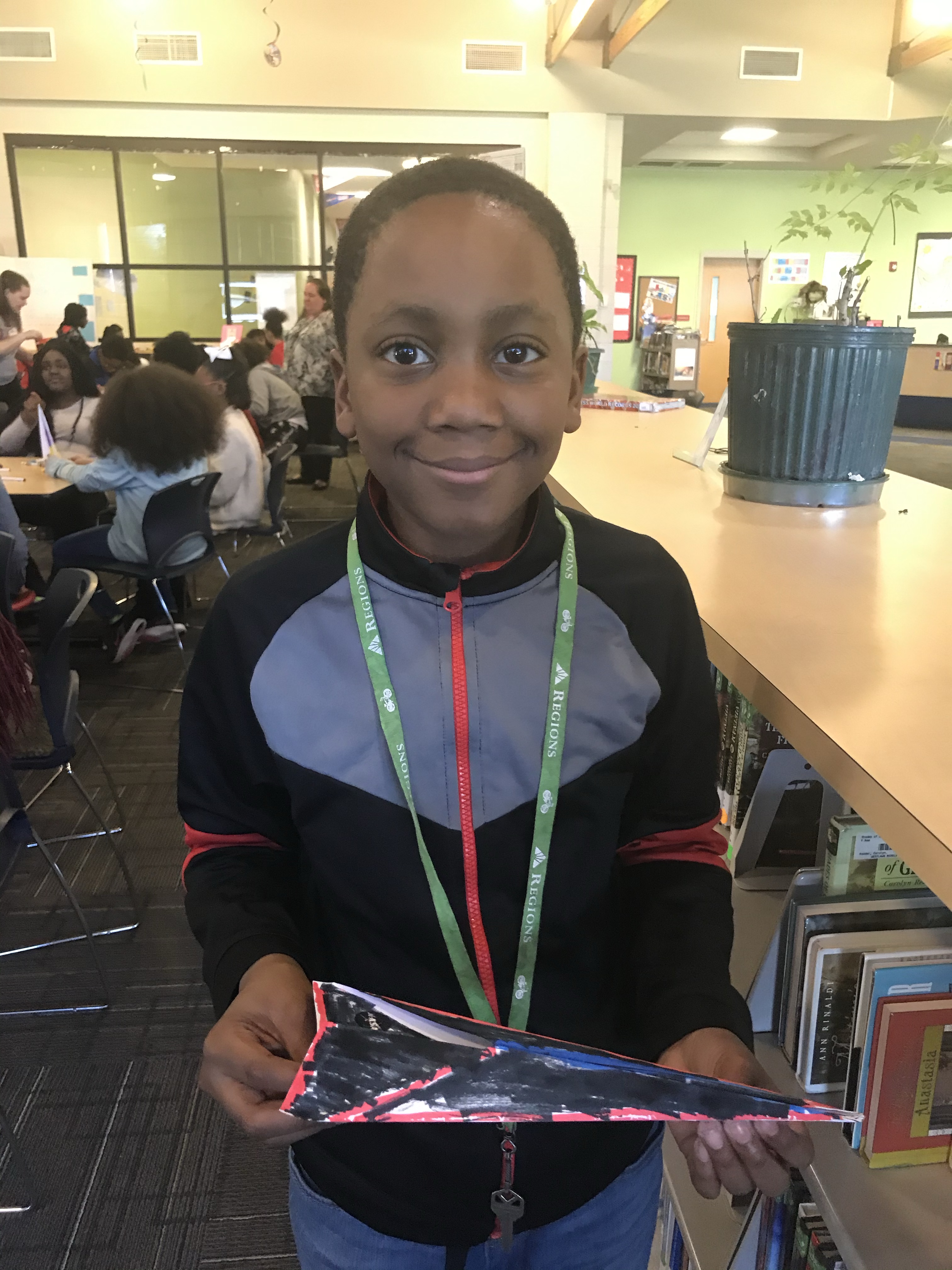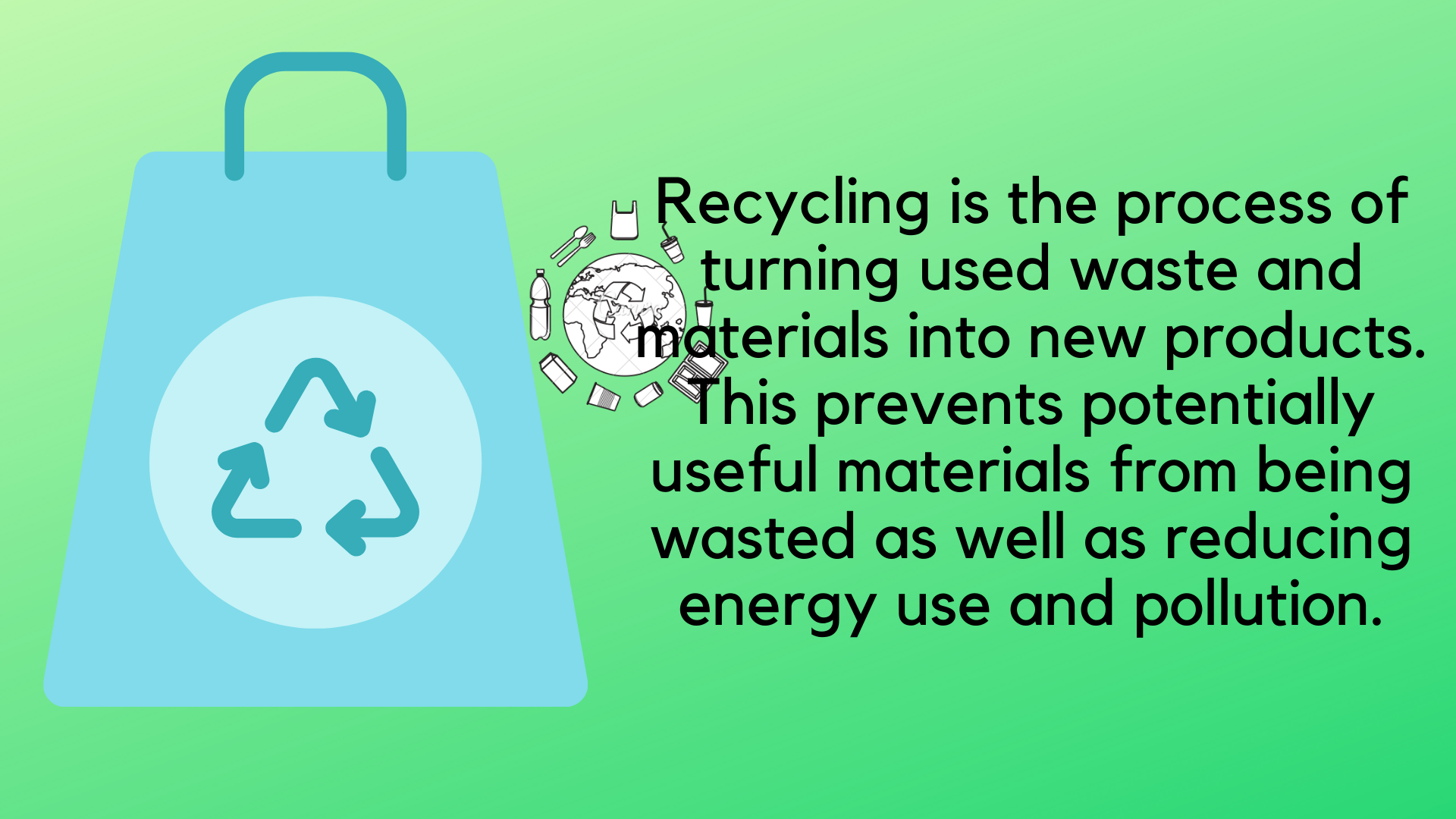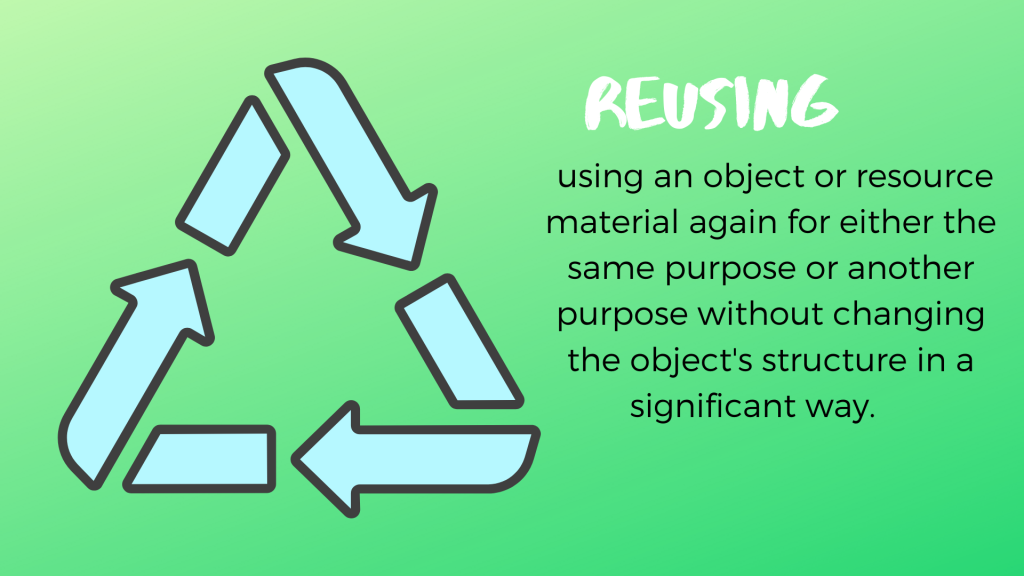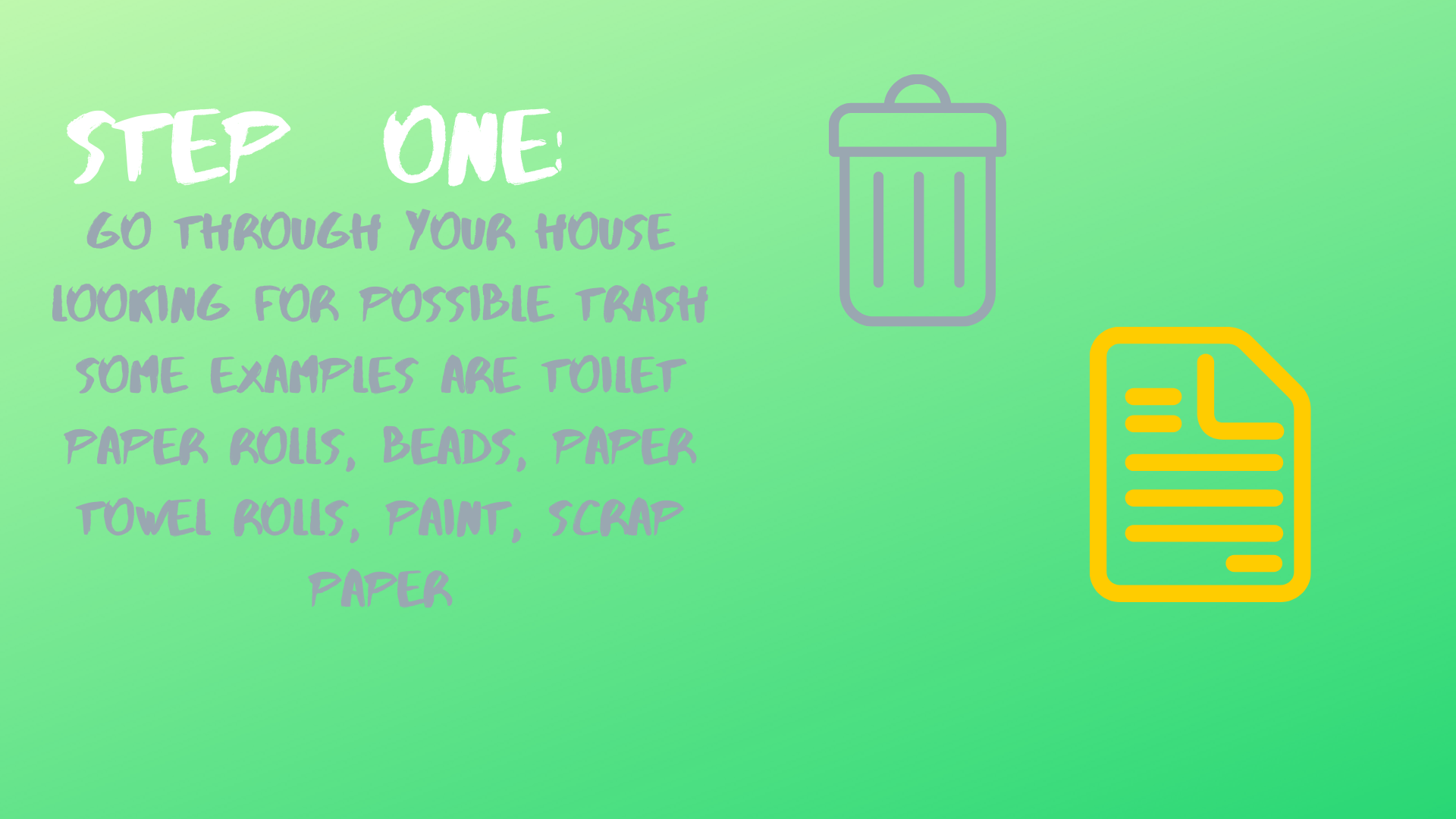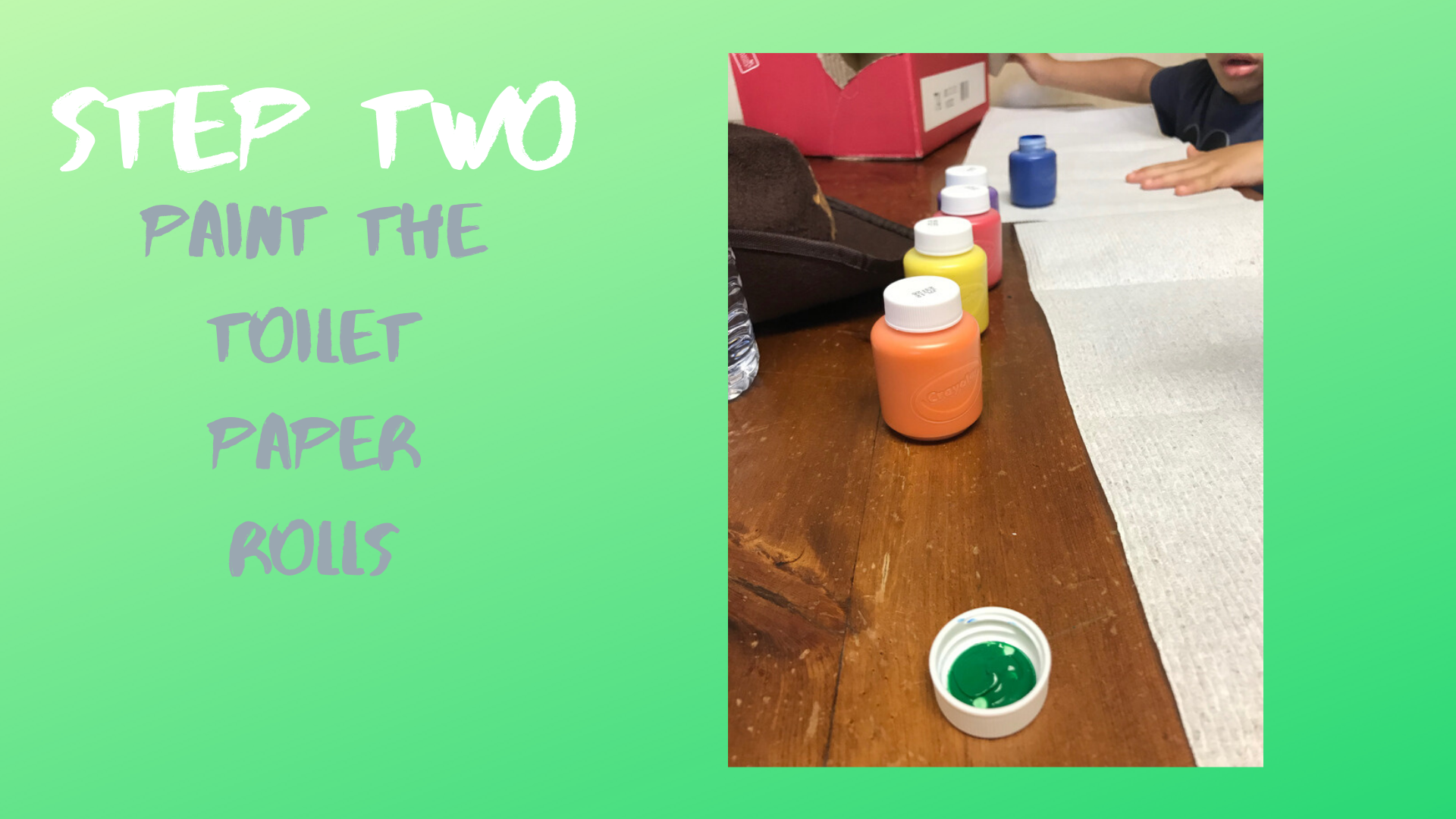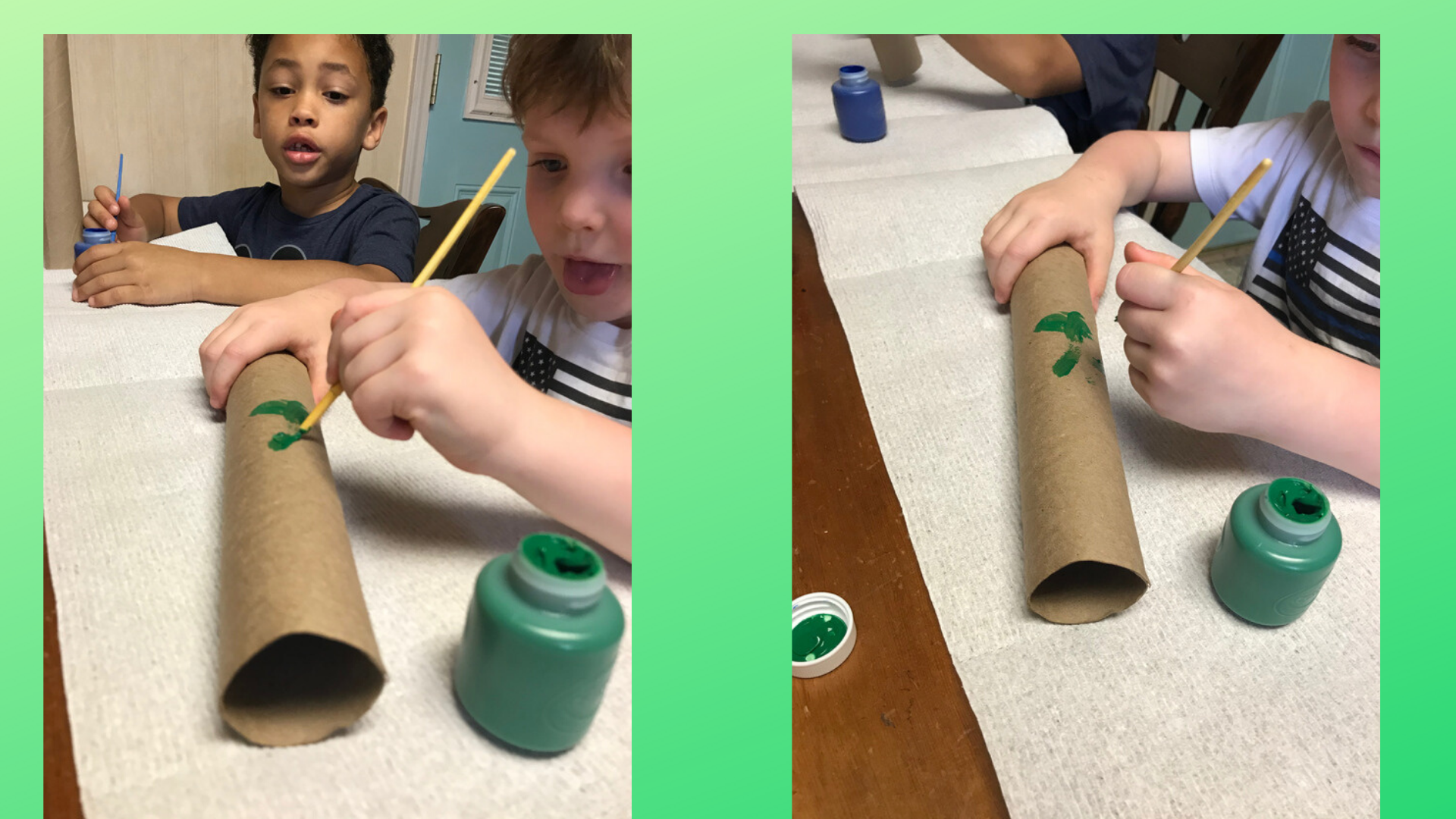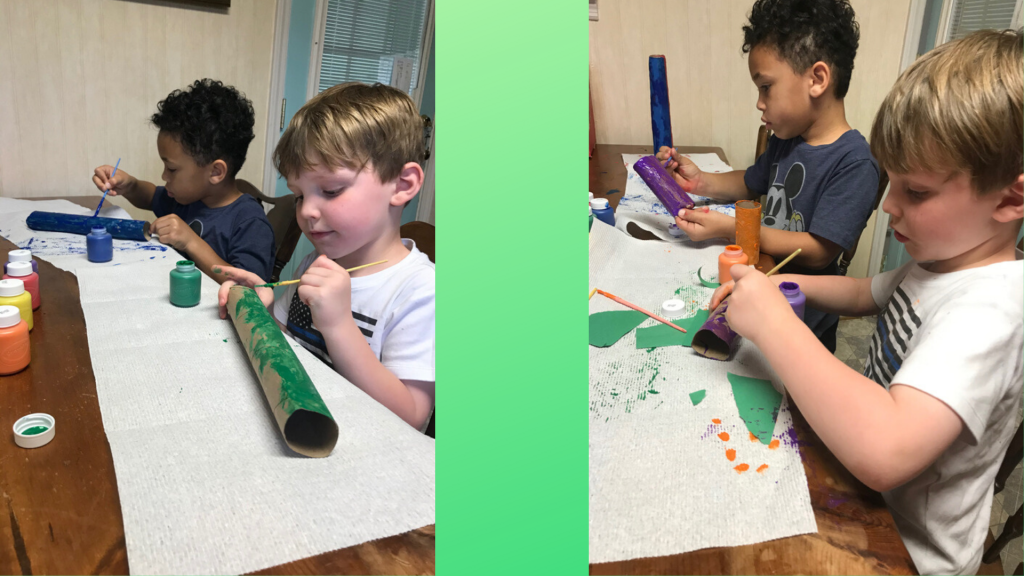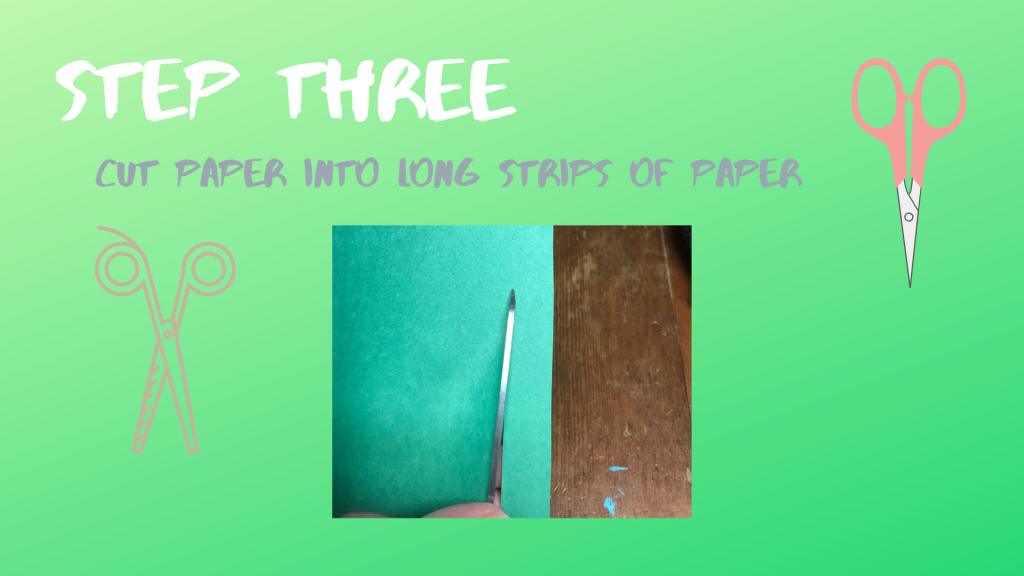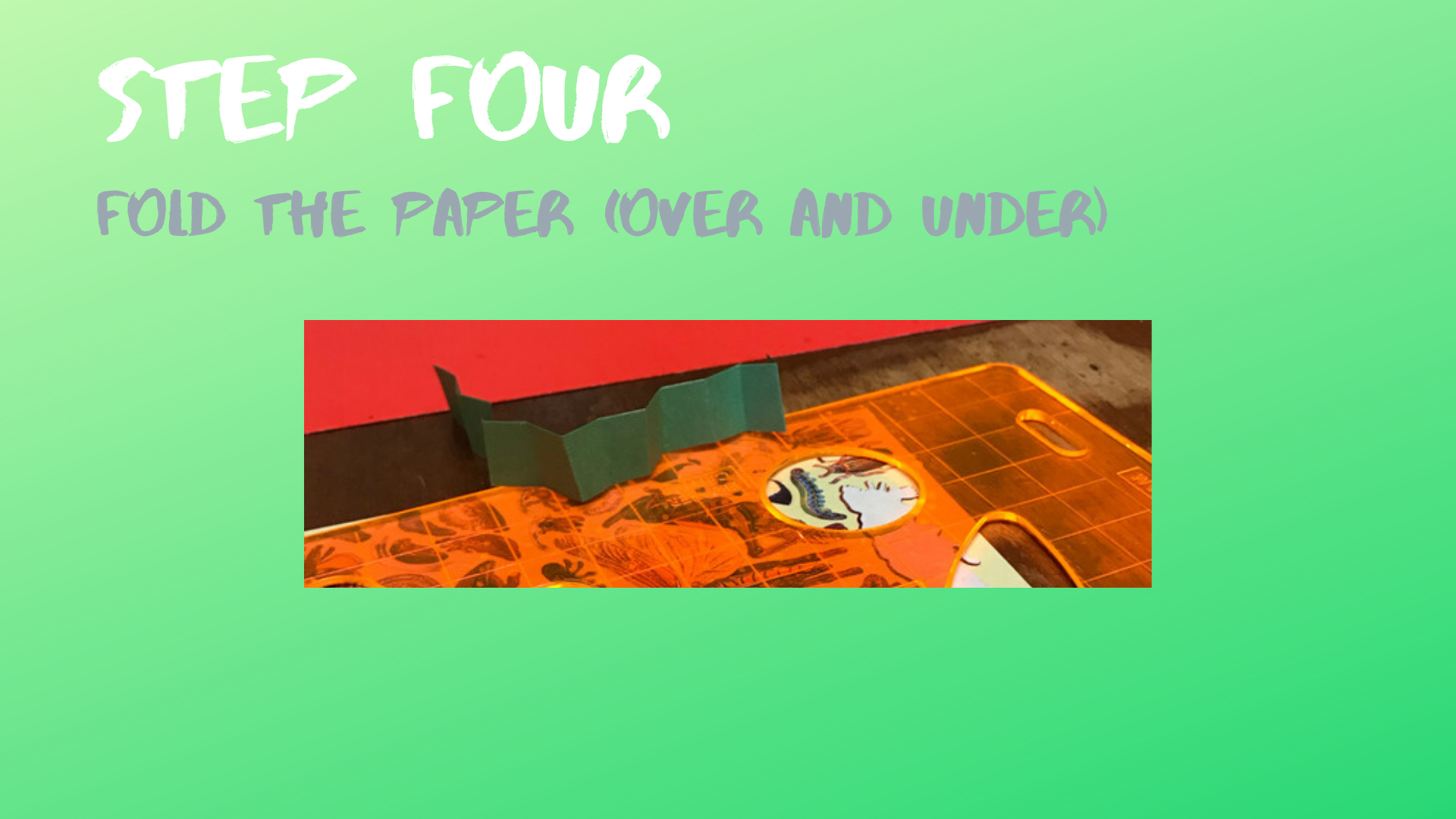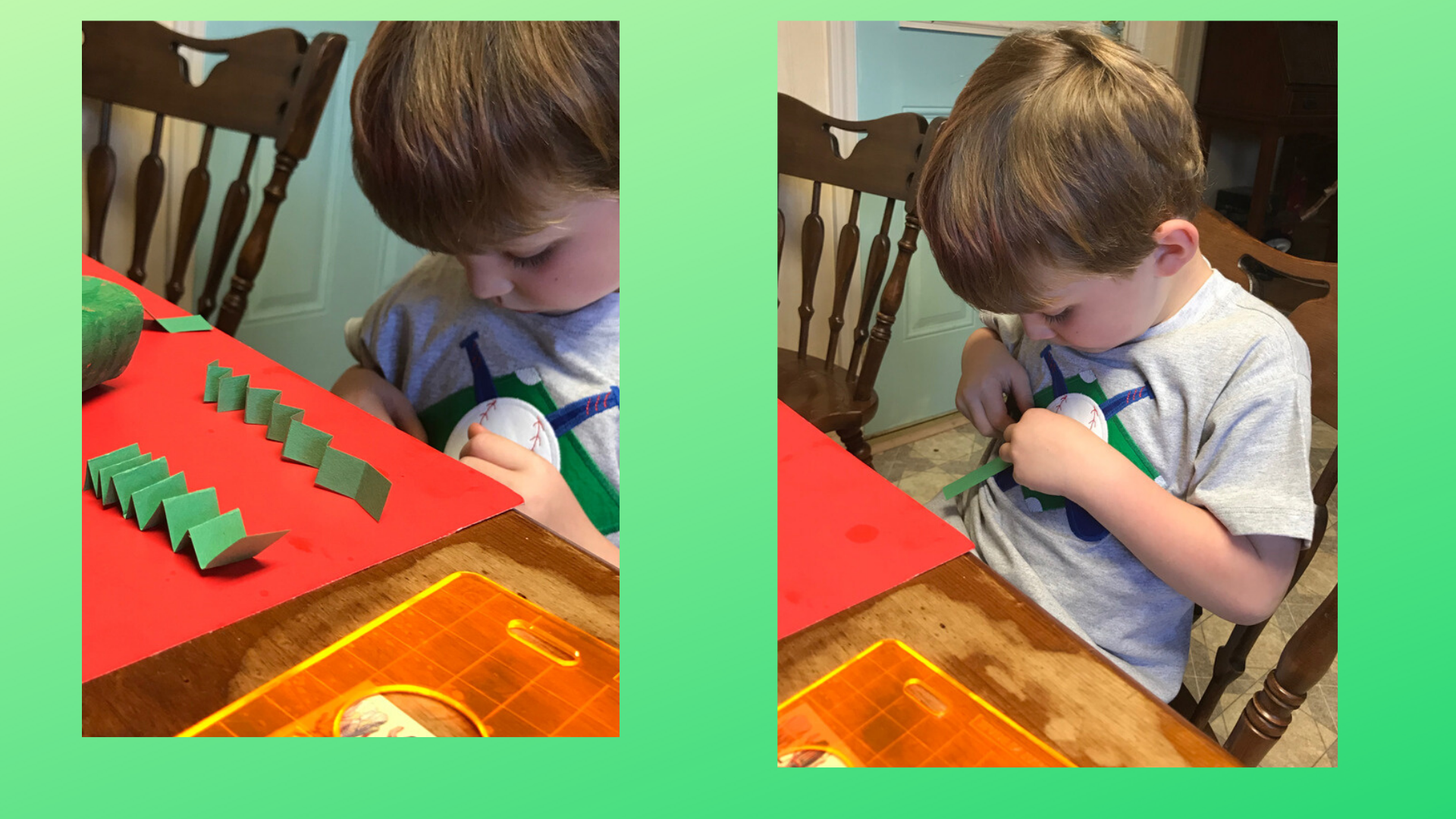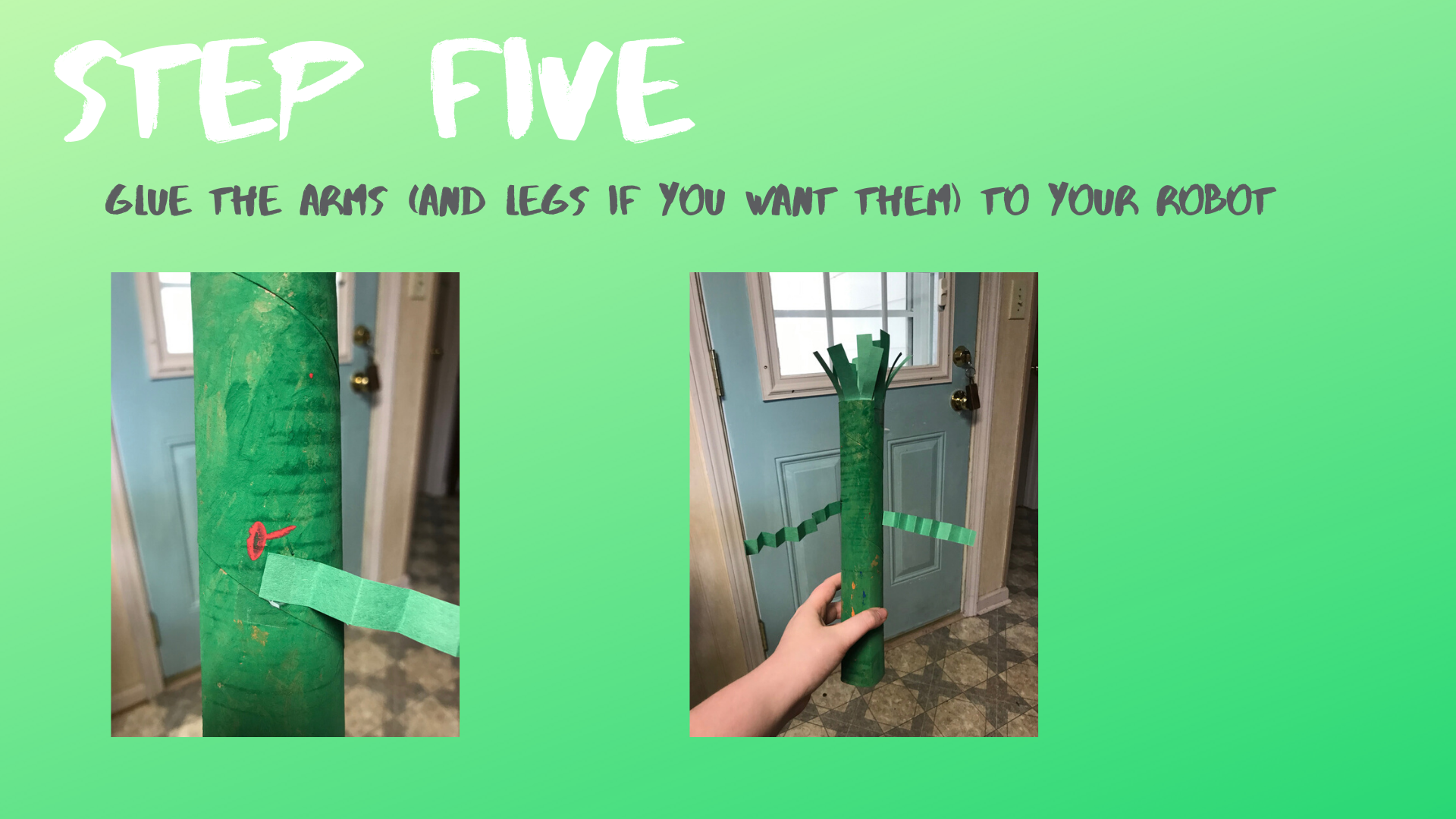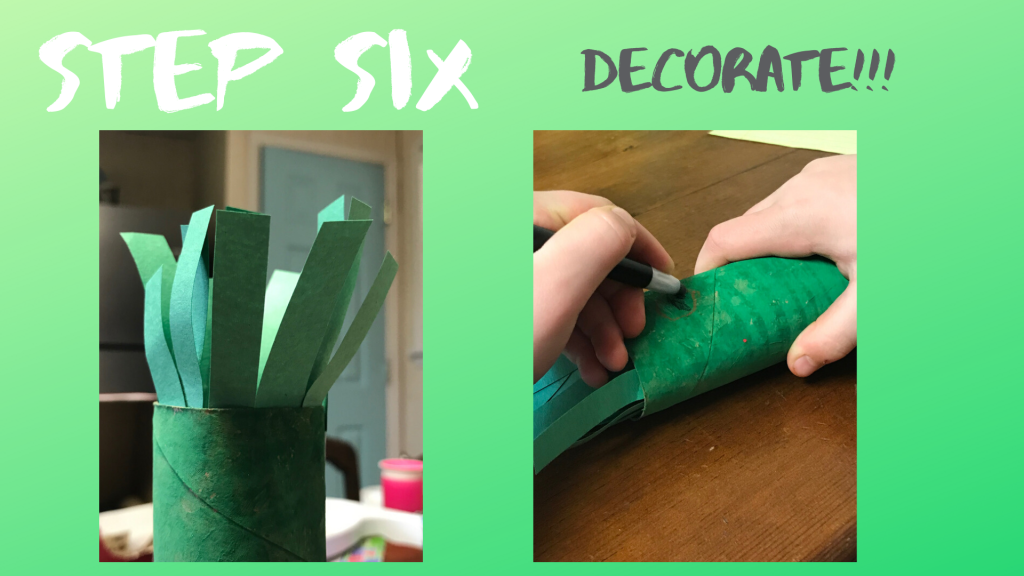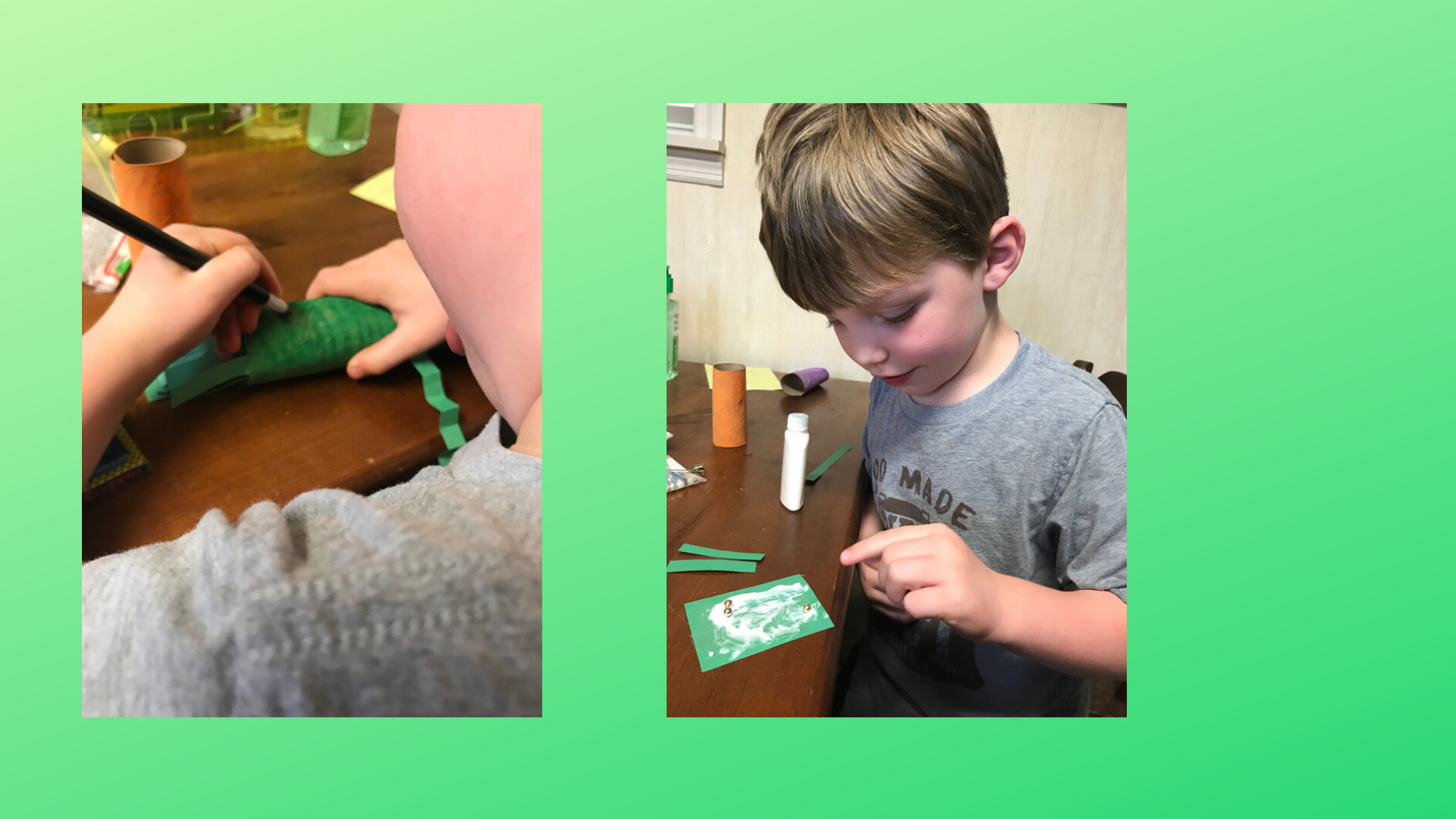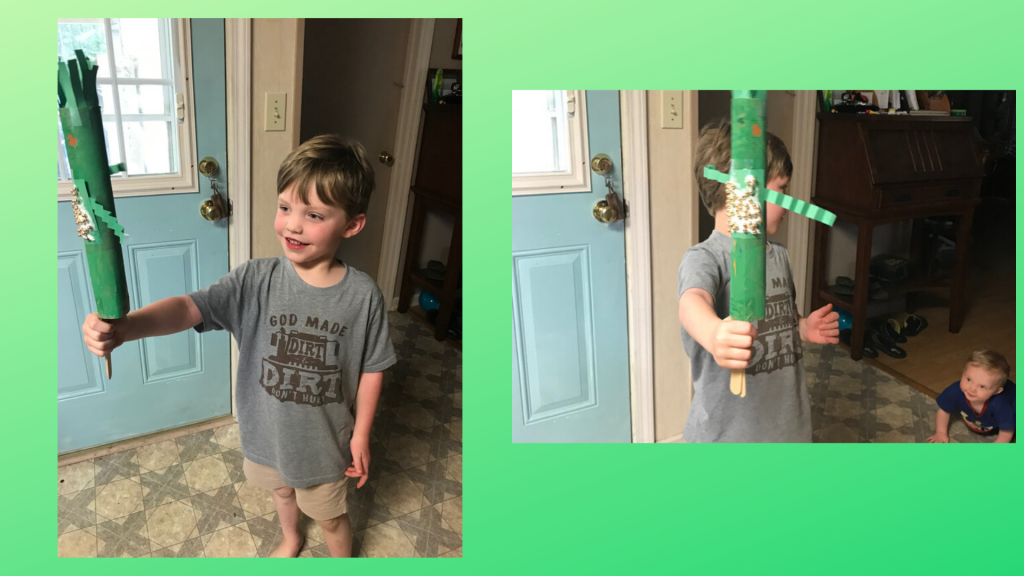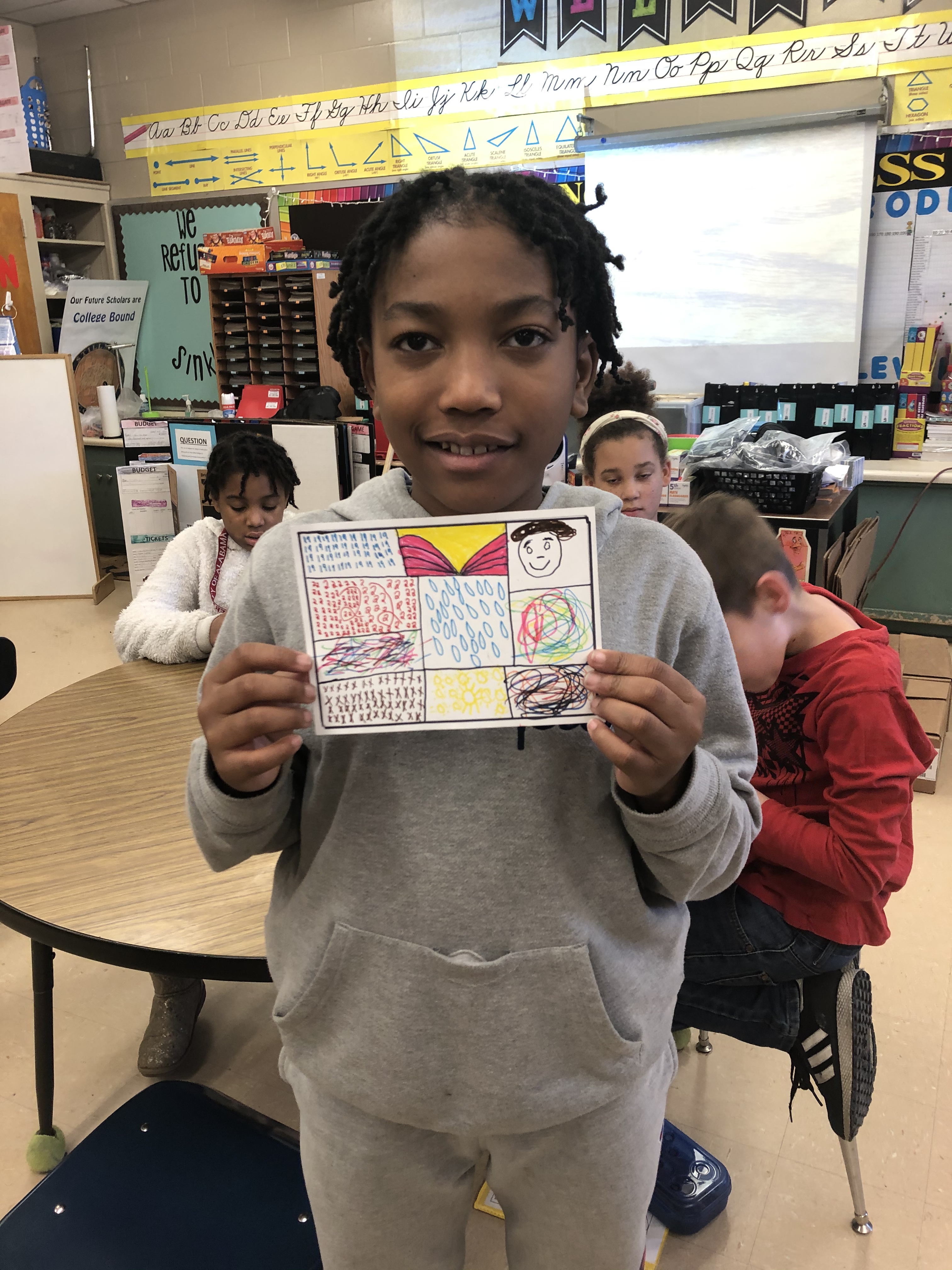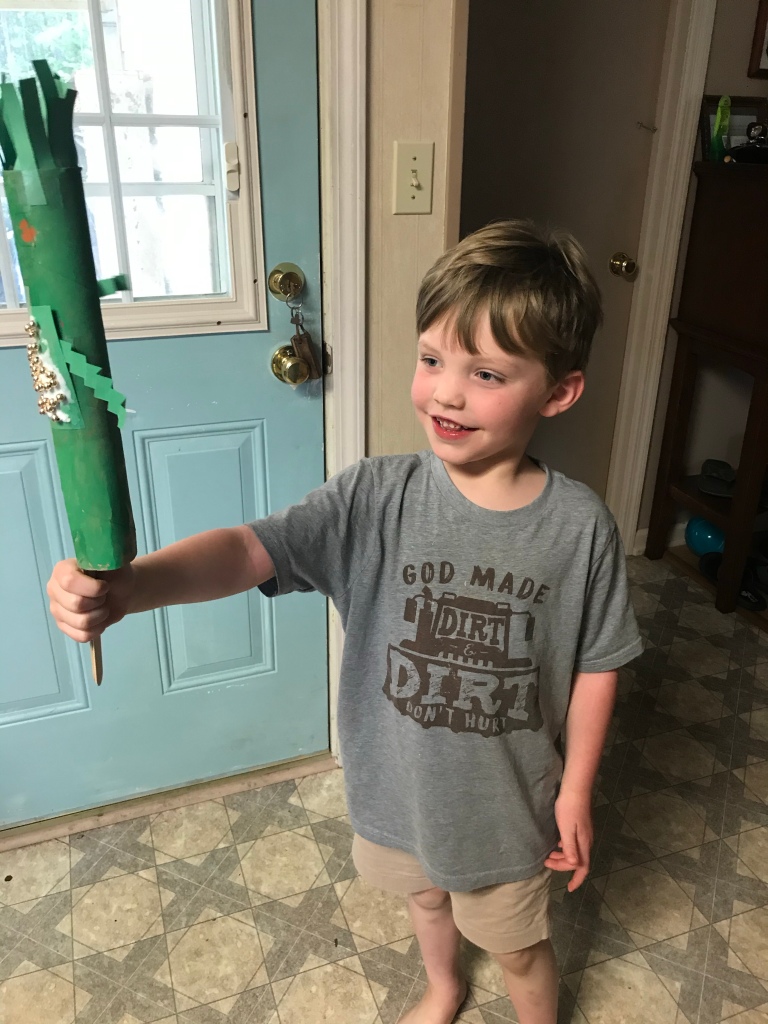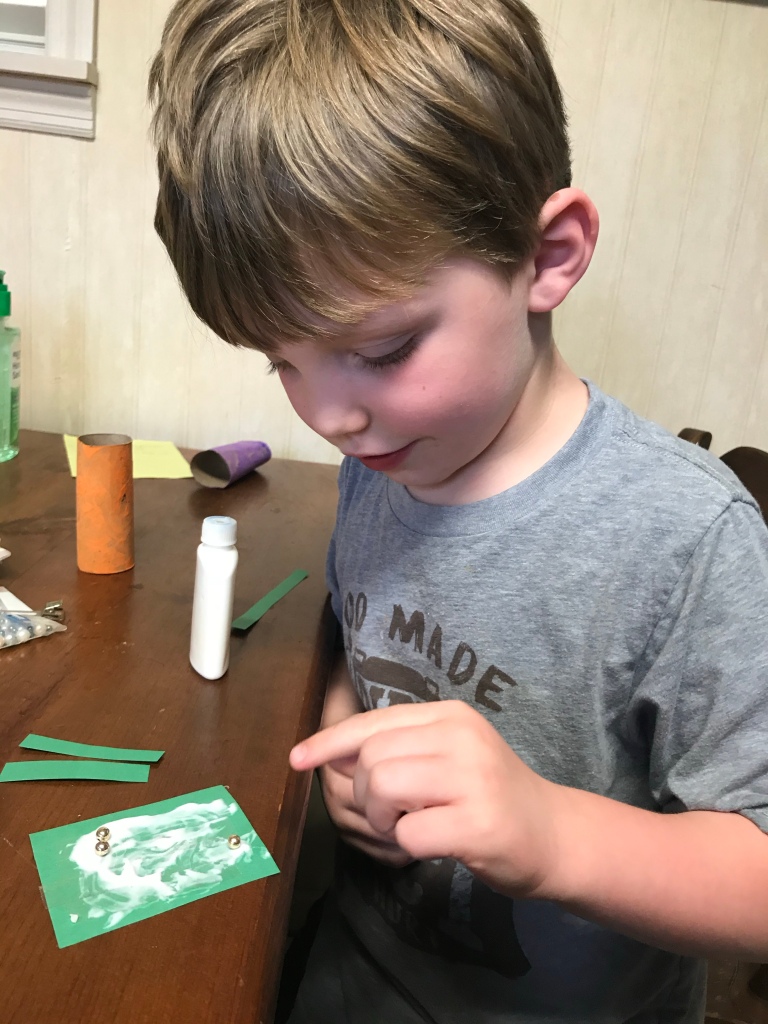The ARTS program and the associated New College seminar New 490: Community Arts were recently featured in the UA College of Arts and Sciences College News. Here’s the article, written by Sara Beth Bolin:
New College Class Provides Online Arts Workshops
At the beginning of the semester, UA professor Marysia Galbraith had a plan for her community arts class. The New College class would visit Matthews Elementary biweekly, hosting interactive arts workshops for fifth graders. After observing and assisting for a few workshops, the college students would get the chance to lead their own workshops with lesson plans that they developed themselves.
For Galbraith, who is a potter outside of her duties as a New College and anthropology professor, bringing arts education to school is something that she sees as essential. She said many school districts don’t have the budget for thorough arts education programs, and she hopes her class can help elevate the importance of such programs for students.
“By revitalizing the arts, you build communities,” Galbraith said. “Through art, you can work with at-risk communities, with people of all different backgrounds and abilities, and through those relationships, you can create and promote community.”
The first half of the semester was incredibly successful for this class, according to Galbraith. But the COVID-19 outbreak changed the plan that Galbraith created for her students.
When Alabama schools closed in mid-March, Galbraith and her class had to re-evaluate what they thought was set in stone. After careful consideration, she decided that the best course of action would be to move everything online to provide her students a chance to share their skills, as well as give parents and elementary school students something fun to do while they isolate in their homes.
“There are a lot of kids out there, and they’re looking for things to do,” Galbraith said. “I think that the need that motivated the project and the class in the first place, which is that there’s not enough arts education in schools, is still present during this time. Kids still have a very limited exposure to arts. And so we can still provide them that service.”
With help from the Center for Instructional Technology, the community arts class’s students have created instructional PDFs and video tutorials for kids of all ages to access and use during the stay-at-home orders around the country. These tutorials will be distributed by the school, but are also available on their blog. Galbraith was initially concerned that the sharp shift in curriculum would be difficult for her students, but she says that they stepped up to the plate and exceeded her expectations.
“I have a really great group of students,” Galbraith said. “They’ve been fantastic at thinking on their feet. And they’re not afraid to try new things. So it’s been wonderful. It’s so sad that we weren’t able to continue the face-to-face workshops. But I think that this is just another layer of their ability to think creatively, and I’ve been impressed with their ability to do that. They really like the challenge.”
To access the workshops, visit the community arts class’s website.

